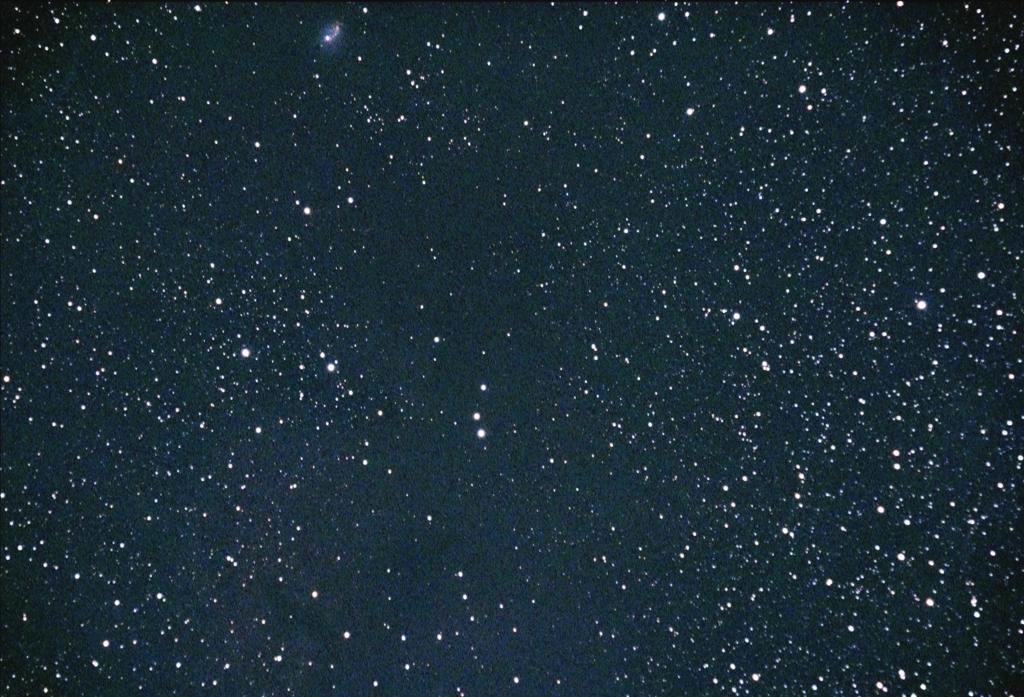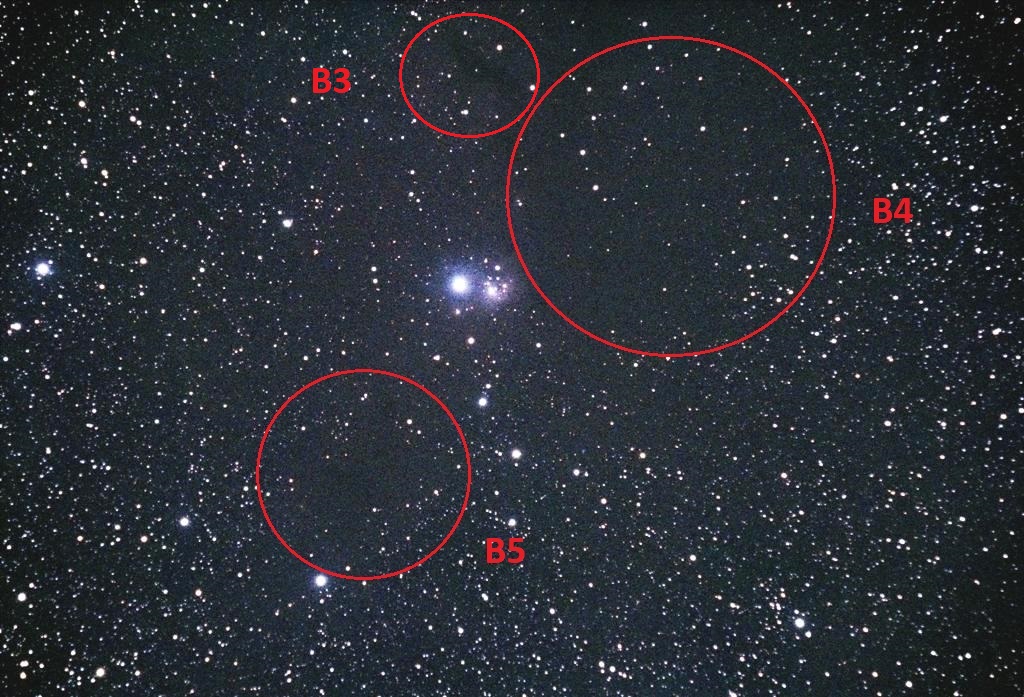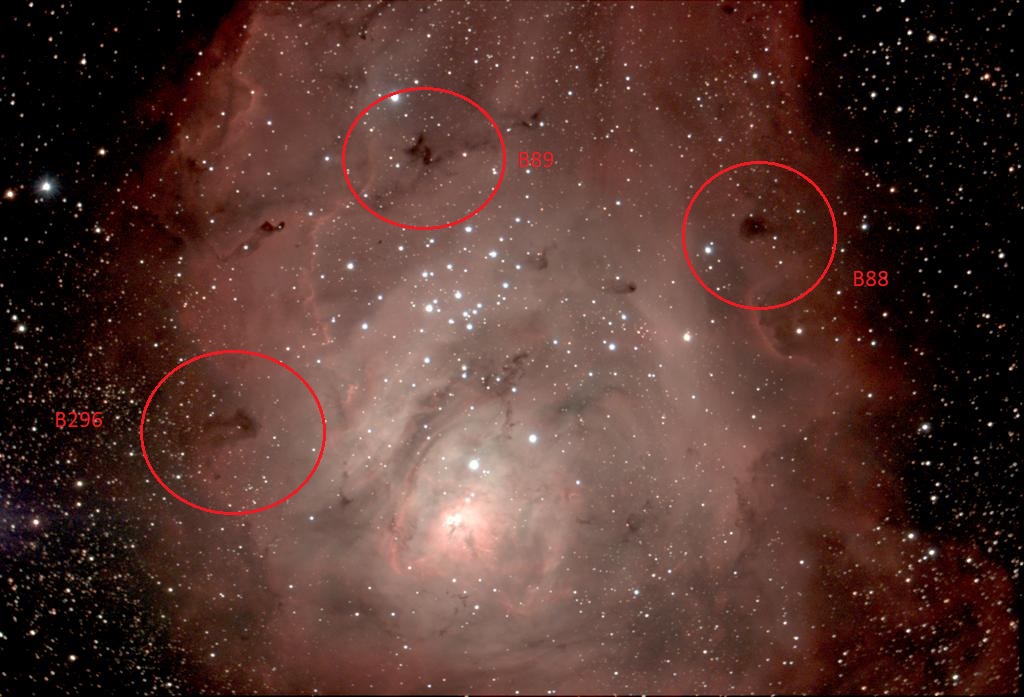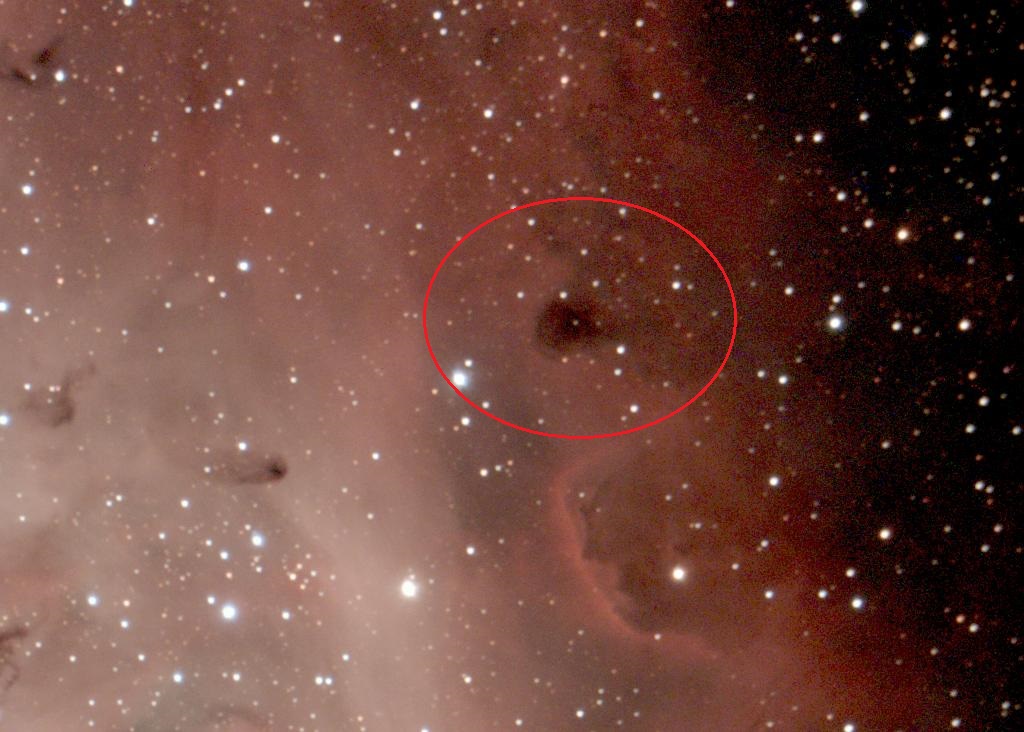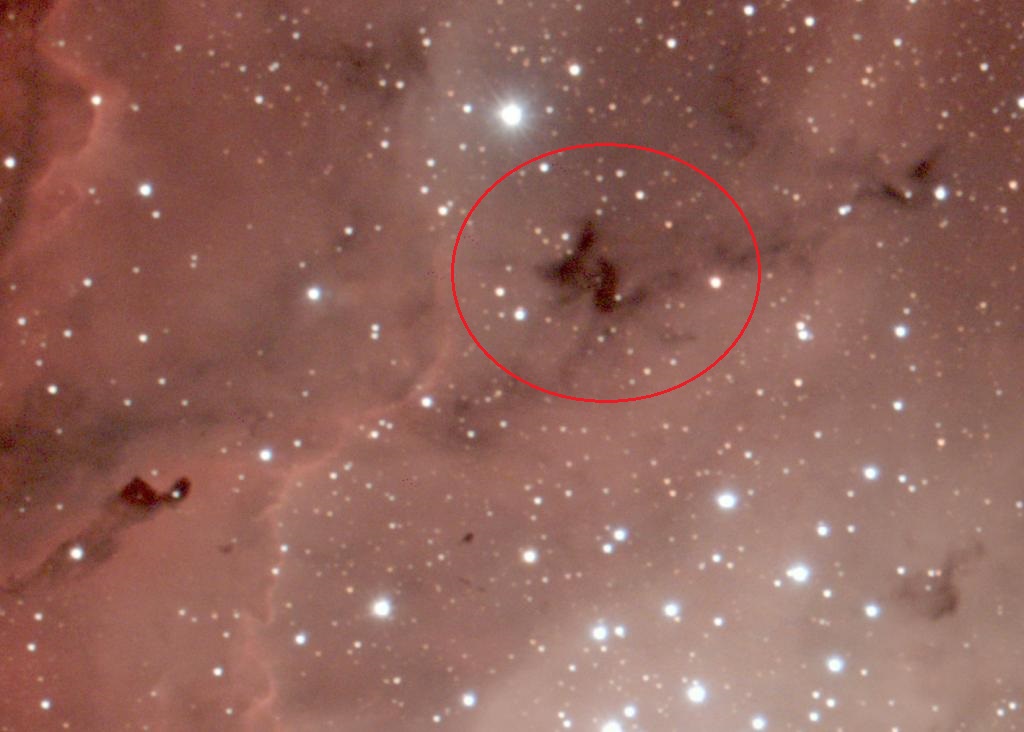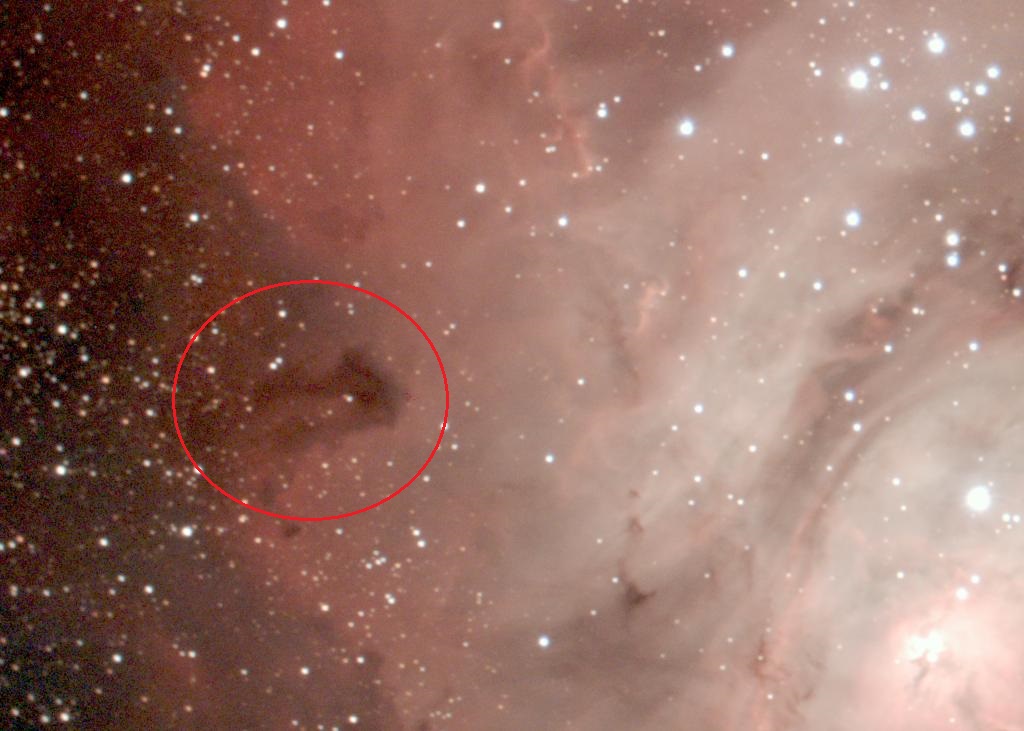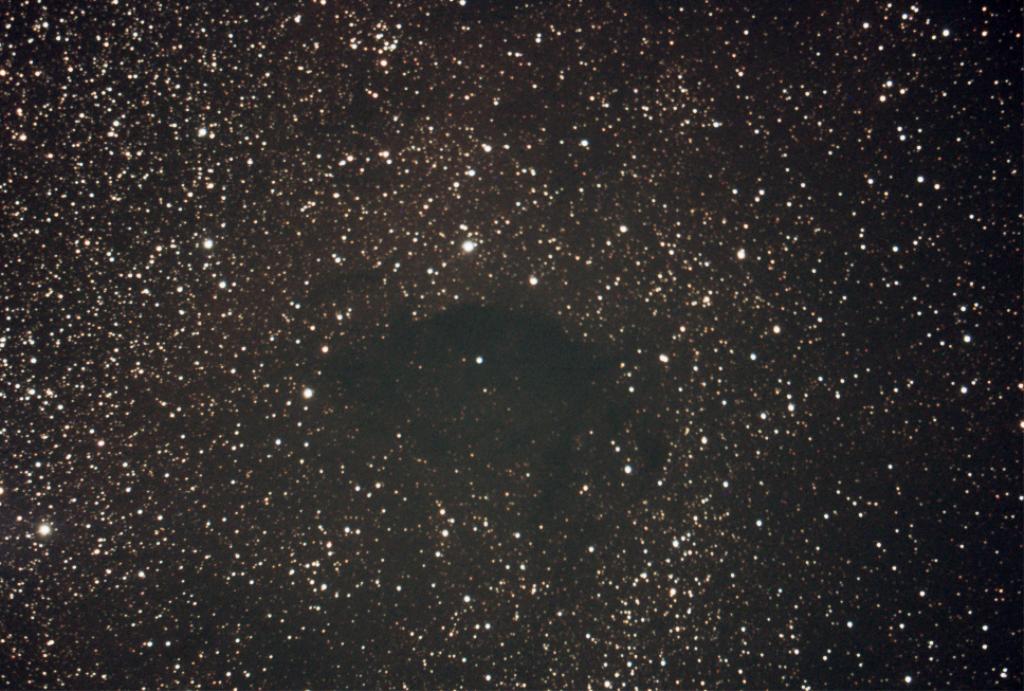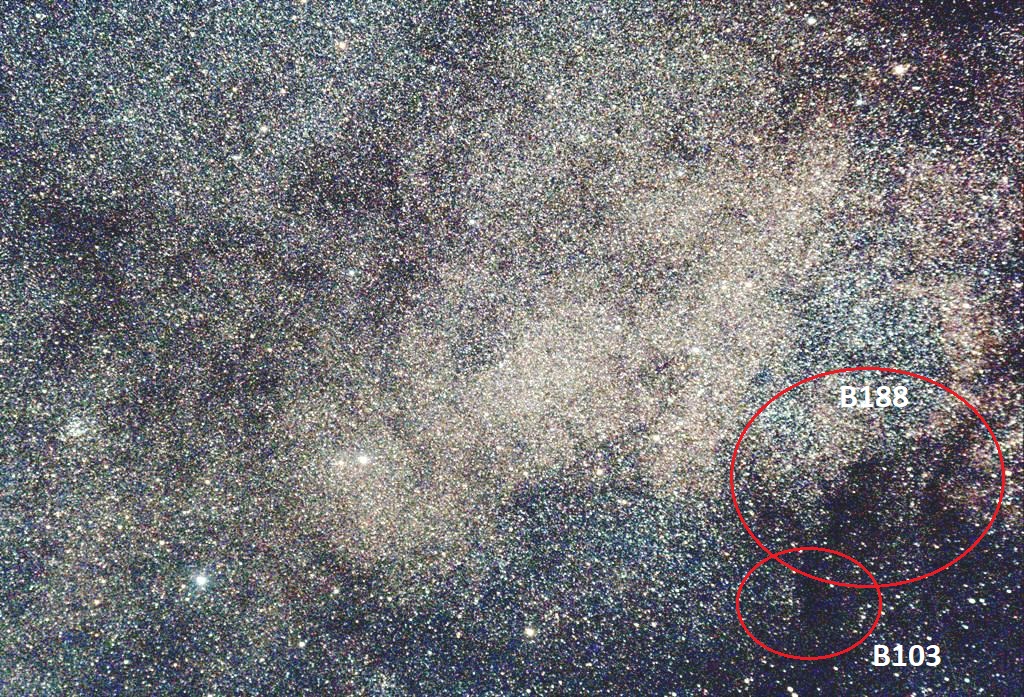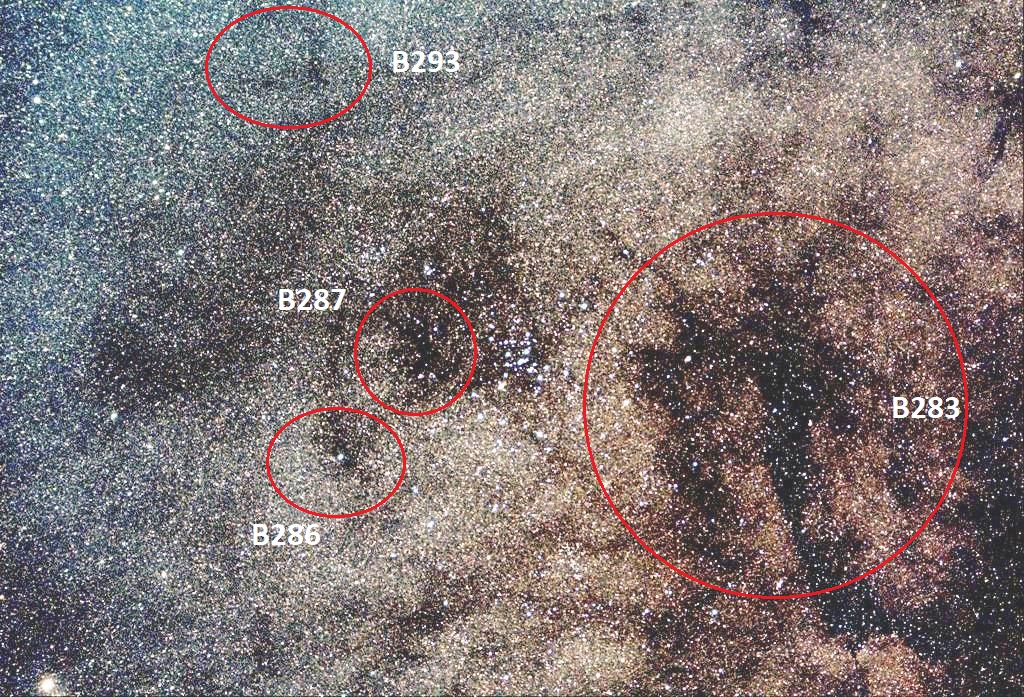B a r n a r d s D a r k N e b u l a e

Milky-Way Starcloud by E.E. Barnard
created: 08-26-2012.
revised: 09-02-2025.
Hello!
Dark Nebula are clouds of interstellar matter, thin but widespread agglomerations of gas and dust.
If they are large and massive enough they are frequently places of star formation, thus generating new associations or clusters of stars.
Nebulae originate from large cosmic primordial clouds of gaseous matter in our Universe, leftover from its formation.
Or they can come from enriched material ejected into interstellar space during the later life stages of the more massive stars.
On cosmic timescales, nebulae undergo rapid changes and have only comparatively short lifetimes, so that those we observe are all young objects.
Some of the stars near nebulae are often very massive and so hot that their high-energy radiation can excite the gas of the nebula to shine; such nebula is called emission nebula.
If the stars are not hot enough, their light is reflected by the dust and can be seen as white or bluish reflection nebula.
Some nebulae are only visible by the absorption of the
light from objects behind them. They are distinguished
from diffuse nebula mainly because they happen to be
not illuminated by embedded or nearby stars.
These are called dark nebula.
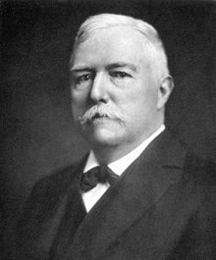
Edward Emerson Barnard (12/16/1887 - 02/06/1923), was a professor of astronomy at the University of Chicago Yerkes Observatory.
As a pioneer in astrophotography, he cataloged a series of dark nebula of the Milky Way, giving them numerical designations.
Prior to his tenure at the University of Chicago, Barnard was hired as a member of the astronomical staff at Lick Observatory.
While there, one of Barnard's early assignments was to utilize his studio photography expertise and began to systematically photograph the Milky-Way. So Barnard took a used 6" studio-portrait lens (a Petzval doublet named the Willard lens) that the observatory had acquired and mounted it in a wooden box camera back that he built by hand. Edward then piggybacked this home-made box photographic camera on the small 6.5" observatory refractor and began experimenting with guided exposures. His wide-field time exposures revealed details in the large-scale structures of bright starclouds obscured by what looked to be dark holes/voids, lanes, or spots. His photographs soon became popular as they showed the richness of the Milky-Way starclouds as they had never before seen. This was the start of what became Barnard's life-work, gathering evidence as to the nature of these dark features - were they really actual voids of matter in space, or were they something else.
Once at Yerkes, Barnard began using the 10-inch (25-cm) Bruce wide-field telescope, built specially for him by by John Brashear of Pittsburgh. It was also coupled with a 6.25" German Voigtlander portrait lens). With it, once completed in September of 1900, Barnard took over 4000 images, and made a number of photographic nebula discoveries, and re-imaged the large-scale Milky-Way structures he had earlier photographed using the small lantern camera at Lick.
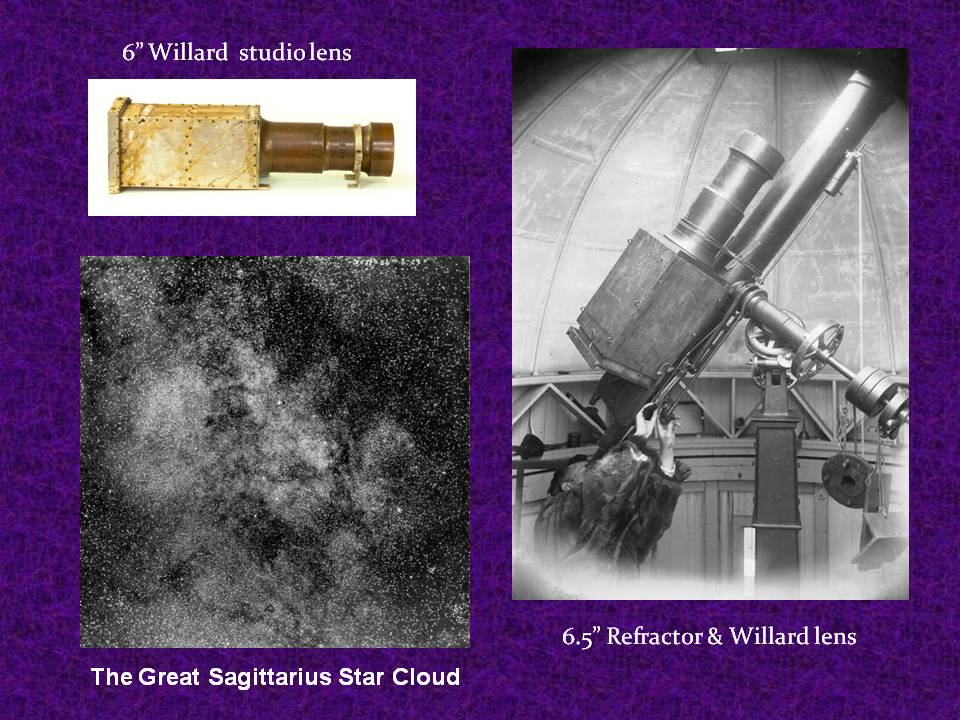
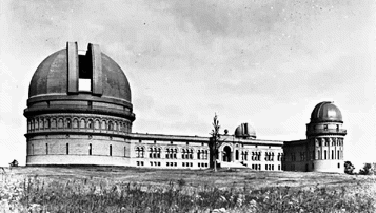
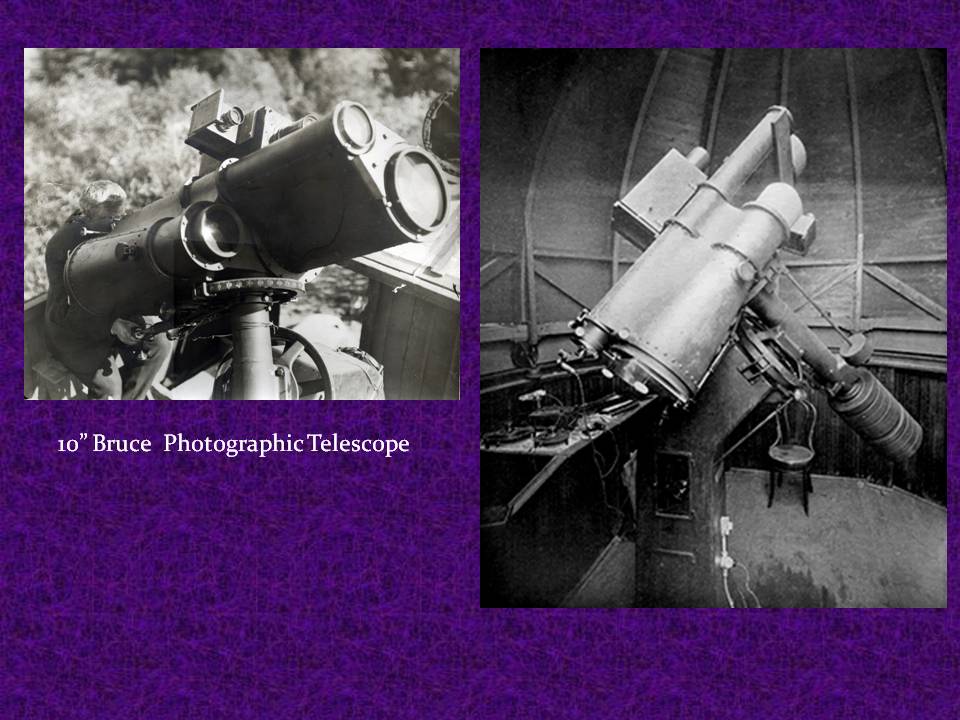
Through this work of studying the structure of the Milky Way, Barnard discovered that certain dark regions of our galaxy are actually clouds of gas and dust that obscured the more distant stars in the background.
It was the richness of the starclouds and outstanding Milky-Way features, showing much more fine detail in the dark regions than ever before, which became the center of Barnard's work.
This was the evidence, from his own photographs, that eventually convinced Barnard, beginning in 1913 to finally come around to the thought that these dark voids were actually obscuring dark matter blocking the view of the more distant Milky-Way. This was a major discovery among the astronomical world, as now all the various galaxy formation models would have to take into account these dark clouds of dust and gas.
But before Barnard could finalize his work into an atlas of Dark Nebula, long-standing health issues that Edward had neglected finally caught up to him.
Declining in health, brought on from untreated diabetes and heart issues, Edward Emerson Barnard, at the age of 65, passed away on February 6th, 1923 at Yerkes Observatory in Williams Bay, Wisconsin. As requested, Barnard was buried in his hometown of Nashville, where he was given a heroes funeral procession fitting to a state official.
But his assistant and niece, Mary Calvert who started working for Edward in 1905, along with the current director of Yerkes Observatory, Edwin Frost, dedicated themselves to finishing Barnard's work. So in 1927, Edward Emerson Barnard's greatest accomplishment, his photographs of his Milky-Way "Barnard Objects" was published as a two-volume photographic atlas called:
"A Photographic Atlas of Selected Regions of the Milky Way". His two-volumne book is a list of 352 dark nebulas with finder charts and photographs.
Only about a 1000 copies were printed, and they soon were all taken up by the various professional observatories and universities around the world. Today, the occasional 1st edition copy that comes available are highly sought after.
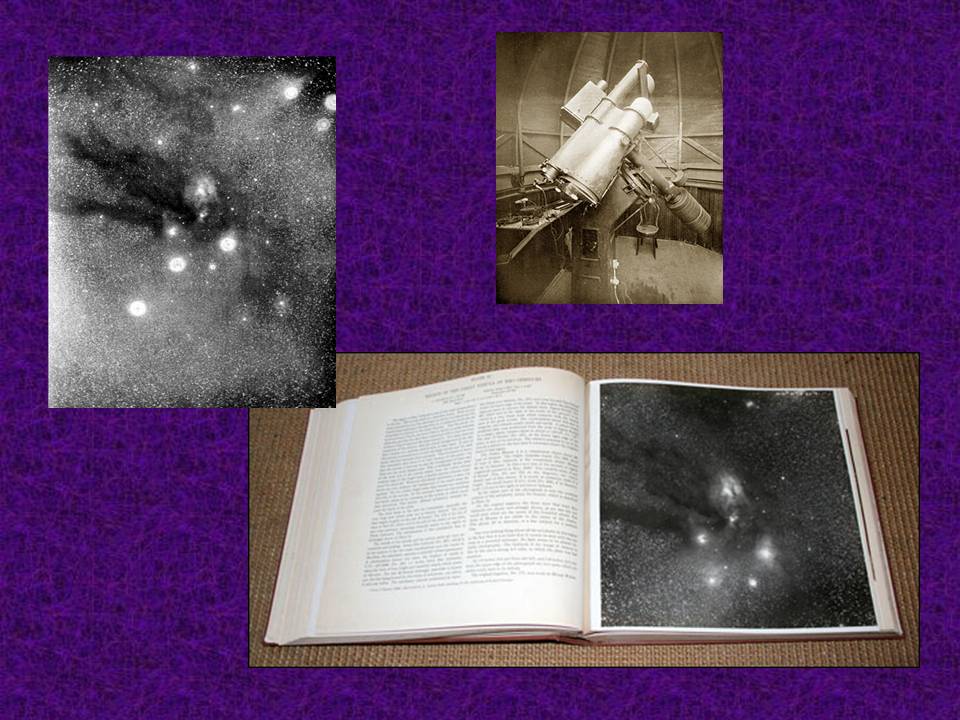
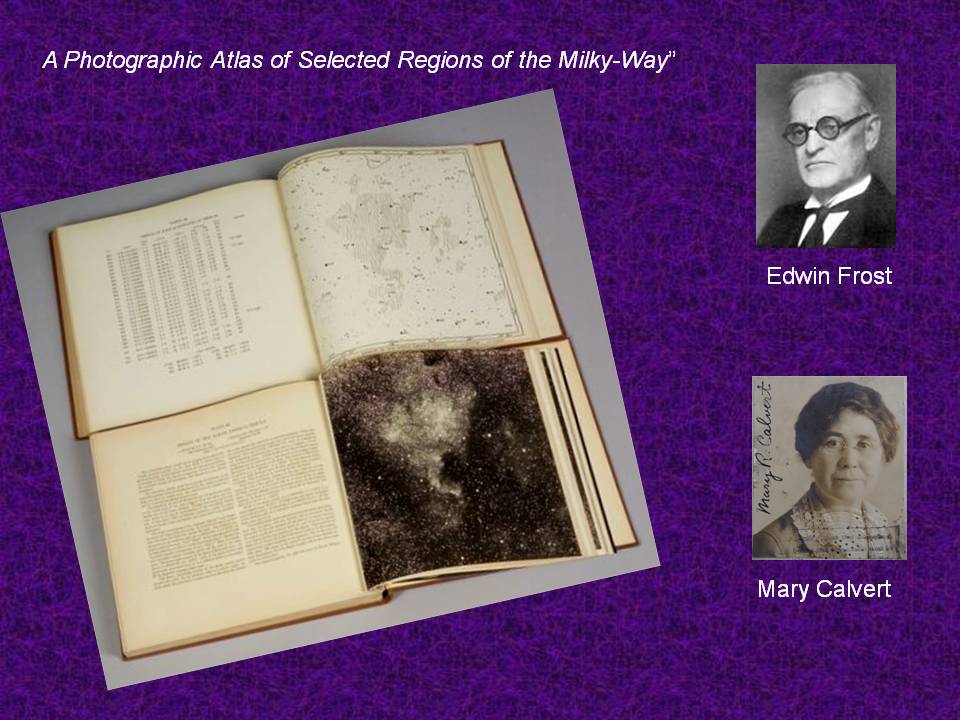
Fortunately, in 2011, author Gerald Dobek published a revised single-volume altas of Barnards work, giving the amateur astronomer a valuable guide for locating and observing dark nebula.
Within the original 1927 books, several errors were introduced, such as dropping of several Barnard objects as being duplicates, and while Barnard had identified a total of 370 objects, a number of these were left out of the book by Barnard not having a photograph of the region or whose position were not identified on the charts. (B176 thru B200).
In keeping to Barnards original work as much as possible, Dobek in his new version also did not list these missing Barnard Objects. But you can visit a website by amateurs Tim Hunter and
James McGaha called
"Grasslands Observatory" for online finder charts:
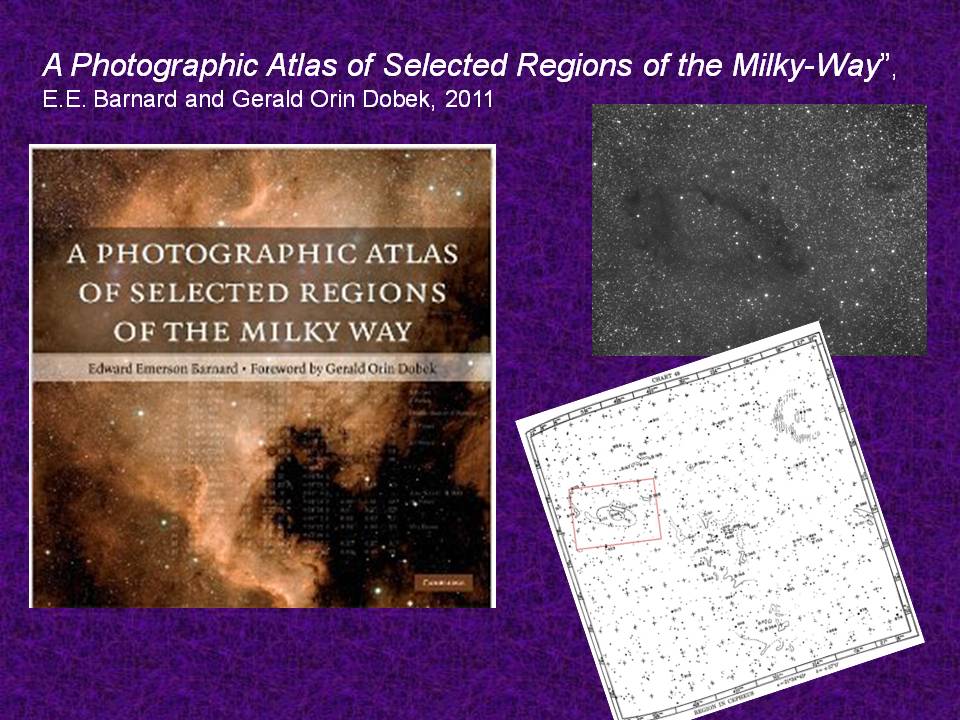
If you would like to read more about the life of Edward Emerson Barnard, please follow this link to:
E. E. Barnard and His Dark Nebula! PDF
If you would like to print my personal Barnard Dark Nebula observation spreadsheet, sorted by constellation, please follow this link to:
List of Barnard Dark Nebula! PDF
Below is my personal observations of Barnard's Dark Nebula catalog'.
All of my current EAA Livestack Observations were taken using a ZWO ASI294MC camera and an L-Pro broadband filter. (a few exceptions noted)
Each image has minimal processing applied to it: brightness/contrast adjusted, image rotated and resized as needed.
Further down the page you will find older images were taken using B&W StellaCam analog deepsky video cameras.
Barnard Dark Nebula Index:
| Barnard Object |
Nickname |
Constellation |
| B1 - B2:
|
| Perseus
|
| B3:
|
| Perseus
|
| B3 - B4 - B5:
|
| Perseus
|
| B10:
|
| Perseus
|
| B33:
| "HorseHead Nebula"
| Orion
|
| B48:
|
| Scorpius
|
| B72:
| "Snake Nebula"
| Ophiuchus
|
| B77 & B78:
| "Bowel of the Pipe Nebula"
| Ophiuchus
|
| B85:
| "M20 - the Trifid Nebula"
| Sagittarius
|
| B86:
| "Ink Spot"
| Sagittarius
|
| B88, B89, B296:
| "M8- the Lagoon Nebula"
| Sagittarius
|
| B92:
|
| Sagittarius
|
| B93:
|
| Sagittarius
|
| B103, B188:
| "Scutum StarCloud"
| Scutum
|
| B142 & B143:
| "Barnards E"
| Aquila
|
| B144, B145, B146, B147:
| "Fish on a Platter"
| Cygnus
|
| B150:
| "Seahorse Nebula"
| Cepheus
|
| B160 & B161, B162, B163, B199, B365, B366:
| "part of IC1396A"
| Cepheus
|
| B168, B169, B170, B171, B173, B174:
|
| Lacerta/Cepheus
|
| B283, B286, B287, B293:
| "near M7"
| Scorpius
|
| B289, B294, B295, B298:
| "Large Sagittarius StarCloud"
| Sagittarius
|
| B304, B307:
| "M24 StarCloud"
| Sagittarius
|
| B333, B334, B336, B337:
|
| Aquila
|
| B335, B338, B339:
|
| Aquila
|
| B352, B353, B355, B358:
| "North American Nebula"
| Cygnus
|
|
|
|
|
|
|
|
|
| -----------------------
| "non Barnard Dark Nebula"
| -----------------------
|
| M8:
| "Lagoon Nebula dark lane"
| Sagittarius
|
| Dark Horse:
| "Galactic Dark Horse"
| Ophiuchus
|
| Great Rift:
| "the Great Rift"
| Cygnus thru Aquila
|
| Northern Coal Sack:
| "Northern Coal Sack"
| Cygnus
|
| Le Gentil 3:
| "Le Gentil 3"
| Cygnus
|
| Object
| Type
| Constellation
| Date
| Optical Tube
| Mount
| Capture size
| Exposure
| Stack#
| Time
| Filter
| Guided
|
| B1 & B2
| Dark Nebula
| Perseus
| 10/15/2025
| EVO50mm Refractor @ f4.2
| Atlas Gem
| 4144x2822
| 180 seconds
| 5
| 15 minutes
| L-Pro
| yes
|
| Color Space
| Binning
| Gain
| Brightness
| White Bal (B)
| White Bal (R)
| Temperature
| Dark Frame
|
| RGB24
| 1
| 350
| 55
| 70
| 65
| +14.1
| Yes
|
| (return to index)
|
| Object
| Type
| Constellation
| Date
| Optical Tube
| Mount
| Capture size
| Exposure
| Stack#
| Time
| Filter
| Guided
|
| B3
| Dark Nebula
| Perseus
| 10/23/2022
| 8" SCT @ f6.3
| Atlas Gem
| 2072x1410
| 300 sec
| 6
| 30 minutes
| L-Pro
| yes
|
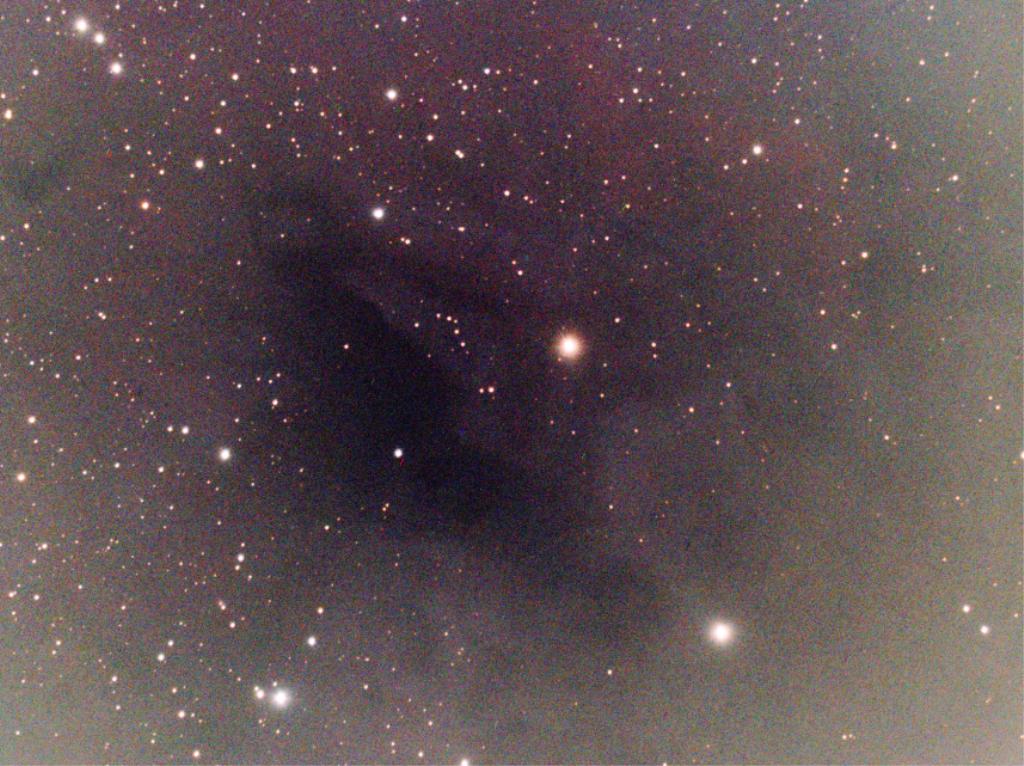
|
| also IC5389
|
| Color Space
| Binning
| Gain
| Brightness
| White Bal (B)
| White Bal (R)
| Temperature
| Dark Frame
|
| RGB24
| 1
| 350
| 65
| 75
| 70
| -10
| Yes
|
| (return to index)
|
| Object
| Type
| Constellation
| Date
| Optical Tube
| Mount
| Capture size
| Exposure
| Stack#
| Time
| Filter
| Guided
|
| B3 & B4 & B5
| Dark Nebula
| Perseus
| 10/15/2025
| EVO50mm Refractor @ f4.2
| Atlas Gem
| 4144x2822
| 180 seconds
| 5
| 15 minutes
| L-Pro
| yes
|
| Color Space
| Binning
| Gain
| Brightness
| White Bal (B)
| White Bal (R)
| Temperature
| Dark Frame
|
| RGB24
| 1
| 350
| 55
| 70
| 65
| +14.1
| Yes
|
| (return to index)
|
| Object
| Type
| Constellation
| Date
| Optical Tube
| Mount
| Capture size
| Exposure
| Stack#
| Time
| Filter
| Guided
|
| B10
| Dark Nebula
| Taurus
| 08/21/2025
| EVO50mm Refractor @ f4.2
| Atlas Gem
| 4144x2822
| 180 seconds
| 3
| 9 minutes
| L-Pro
| yes
|
| LBN782
| Reflection Nebula
|
| 08/21/2025
| 8" SCT @ f6.3
| Atlas GEM
| 4144x2822
| 180 seconds
| 10
| 30 minutes
| L-Pro
| yes
|
| Color Space
| Binning
| Gain
| Brightness
| White Bal (B)
| White Bal (R)
| Temperature
| Dark Frame
|
| RGB24
| 1
| 375
| 55
| 70
| 65
| +15.1
| Yes
|
|
|
| 365
| 65
| 75
| 70
| -10
| Yes
|
| (return to index)
|
| Object
| Type
| Constellation
| Date
| Optical Tube
| Mount
| Capture size
| Exposure
| Stack#
| Time
| Filter
| Guided
|
| B33
| Dark Nebula
| Orion
| 11/03/2021
| 8" SCT @ f6.3
| Atlas Gem
| 4144x2822
| 60 sec
| 15
| 15 minutes
| L-Pro
| yes
|
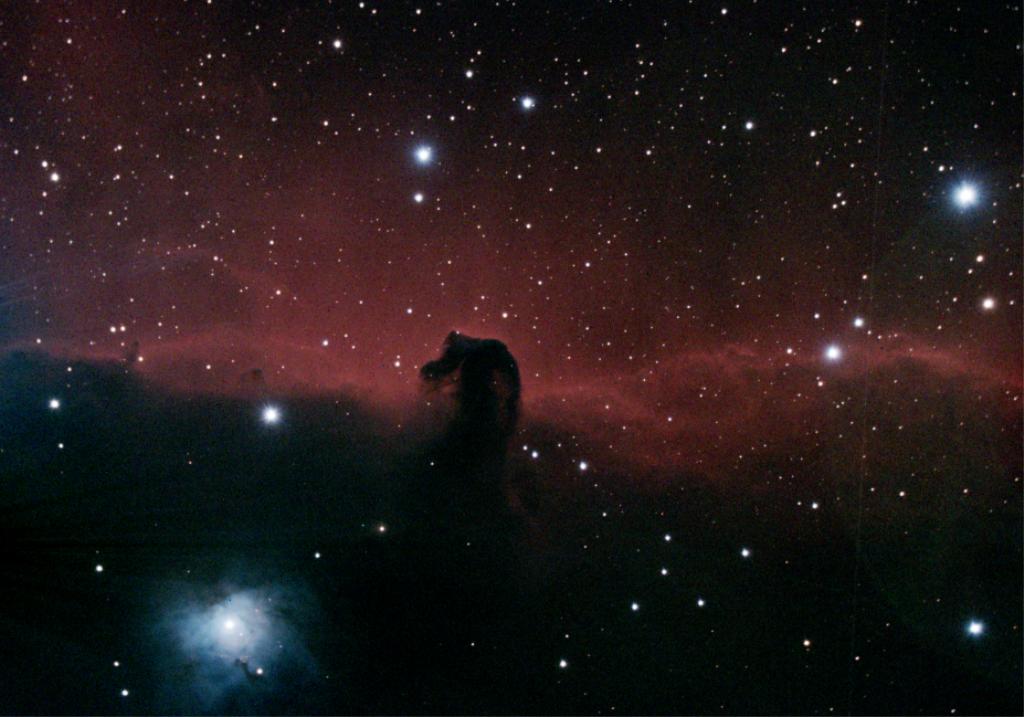
|
| "the HorseHead Nebula"
|
| Color Space
| Binning
| Gain
| Brightness
| White Bal (B)
| White Bal (R)
| Temperature
| Dark Frame
|
| RGB24
| 1
| 350
| 65
| 70
| 70
| -10
| Yes
|
| (return to index)
|
| Object
| Type
| Constellation
| Date
| Optical Tube
| Mount
| Capture size
| Exposure
| Stack#
| Time
| Filter
| Guided
|
| B33
| Dark Nebula
| Orion
| 09/18/2020
| 14" SCT @ f11
| Atlas Gem
| 4144x2822
| 180 sec
| 11
| 1930 sec
| L-eNhance
| yes
|
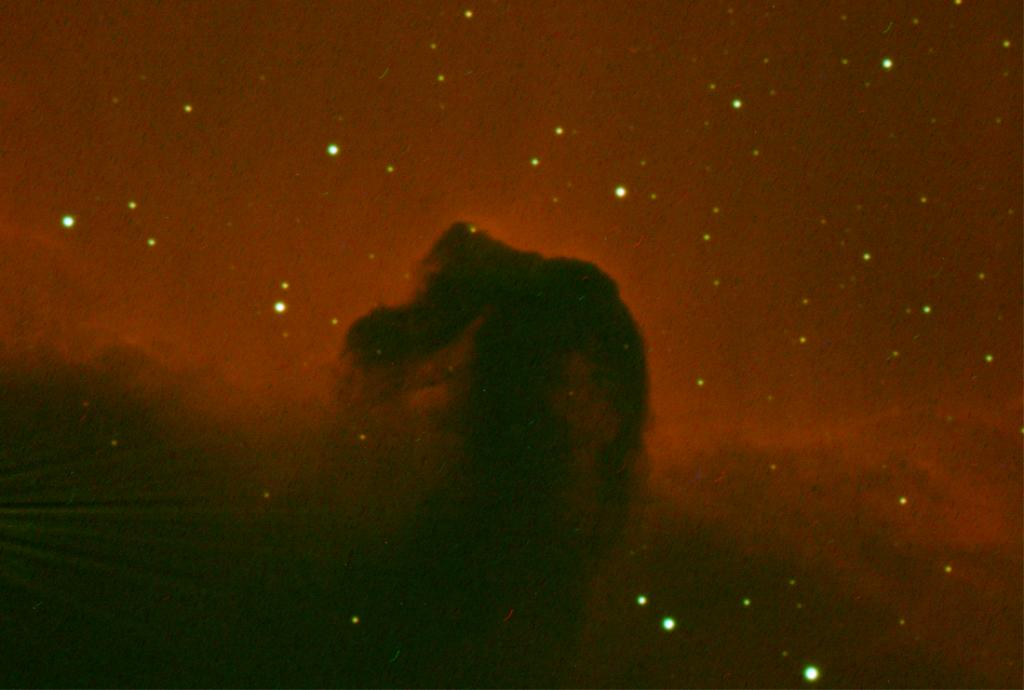
|
| "the HorseHead Nebula"
|
| Color Space
| Binning
| Gain
| Brightness
| White Bal (B)
| White Bal (R)
| Temperature
| Dark Frame
|
| RGB24
| 1
| 350
| 70
| 60
| 70
| -10
| yes
|
| (return to index)
|
| Object
| Type
| Constellation
| Date
| Optical Tube
| Mount
| Capture size
| Exposure
| Stack#
| Time
| Filter
| Guided
|
| B48
| Dark Nebula
| Scorpius
| 07/06/2024
| EVO50mm f4.2 Refractor
| Atlas Gem
| 4144x2822
| 180 sec
| 5
| 15 minutes
| L-Pro
| yes
|
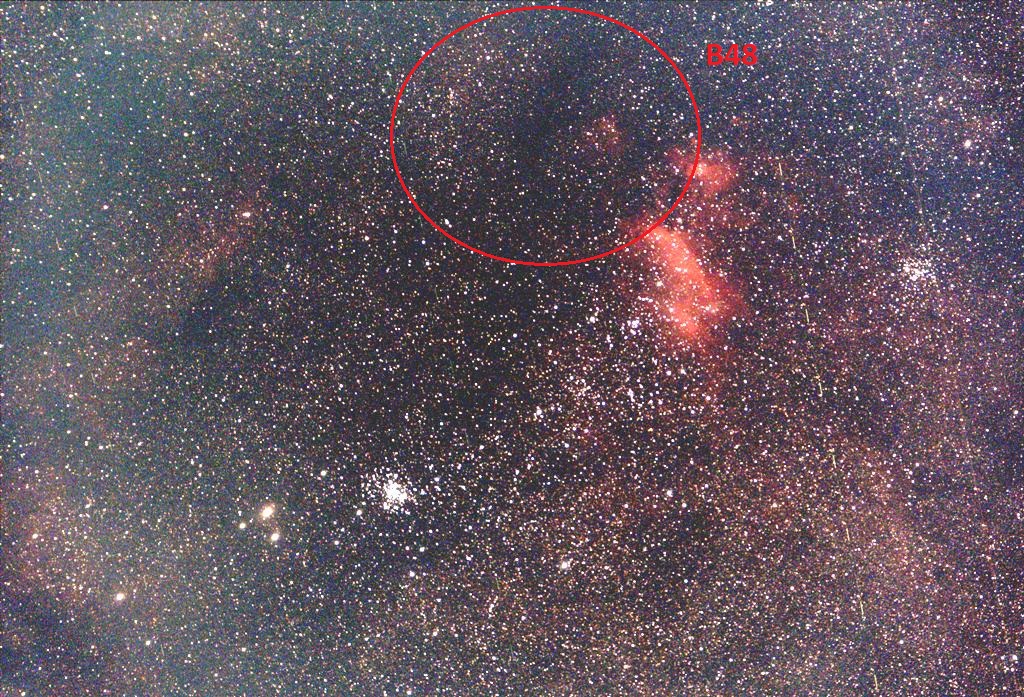
|
| near the "False Comet"
|
| Color Space
| Binning
| Gain
| Brightness
| White Bal (B)
| White Bal (R)
| Temperature
| Dark Frame
|
| RGB24
| 1
| 350
| 55
| 70
| 65
| na
| Yes
|
| (return to index)
|
| Object
| Type
| Constellation
| Date
| Optical Tube
| Mount
| Capture size
| Exposure
| Stack#
| Time
| Filter
| Guided
|
| B72
| Dark Nebula
| Ophiuchus
| 06/17/2023
| EVO50mm f4.2 Refractor
| Atlas Gem
| 4144x2822
| 15 sec
| 25
| 20 min
| L-Pro
| yes
|
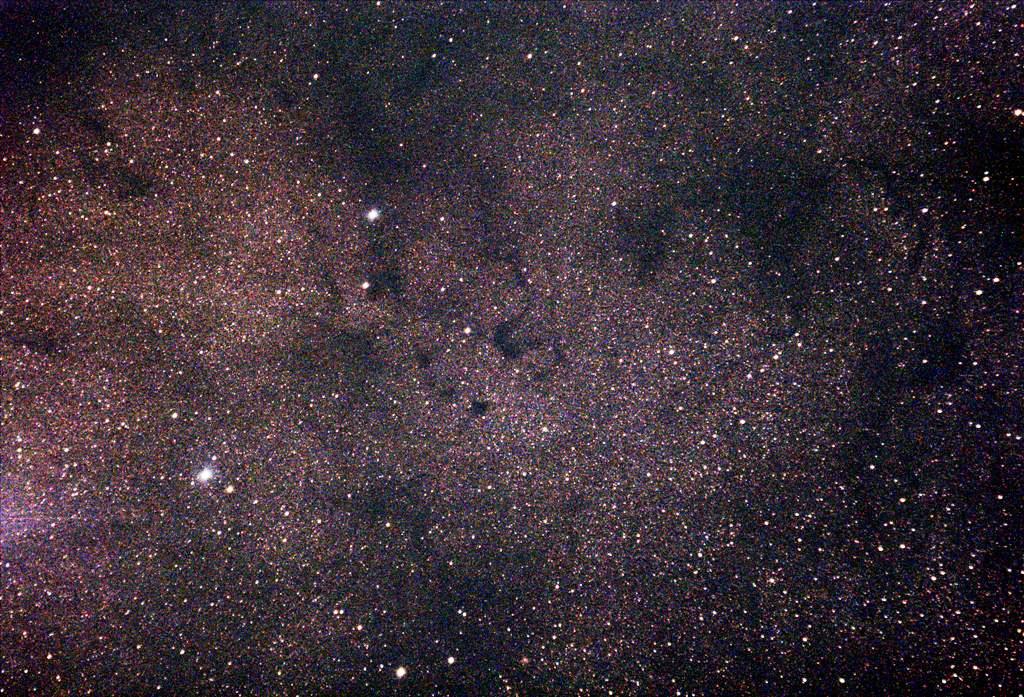
|
| "the Snake"
|
| Color Space
| Binning
| Gain
| Brightness
| White Bal (B)
| White Bal (R)
| Temperature
| Dark Frame
|
| RGB24
| 1
| 350
| 70
| 65
| 55
| +12.7
| Yes
|
| (return to index)
|
| Object
| Type
| Constellation
| Date
| Optical Tube
| Mount
| Capture size
| Exposure
| Stack#
| Time
| Filter
| Guided
|
| B72
| Dark Nebula
| Ophiuchus
| 06/17/2023
| 8" SCT @ f6.3
| Atlas Gem
| 4144x2822
| 300 sec
| 4
| 20 min
| L-Pro
| yes
|
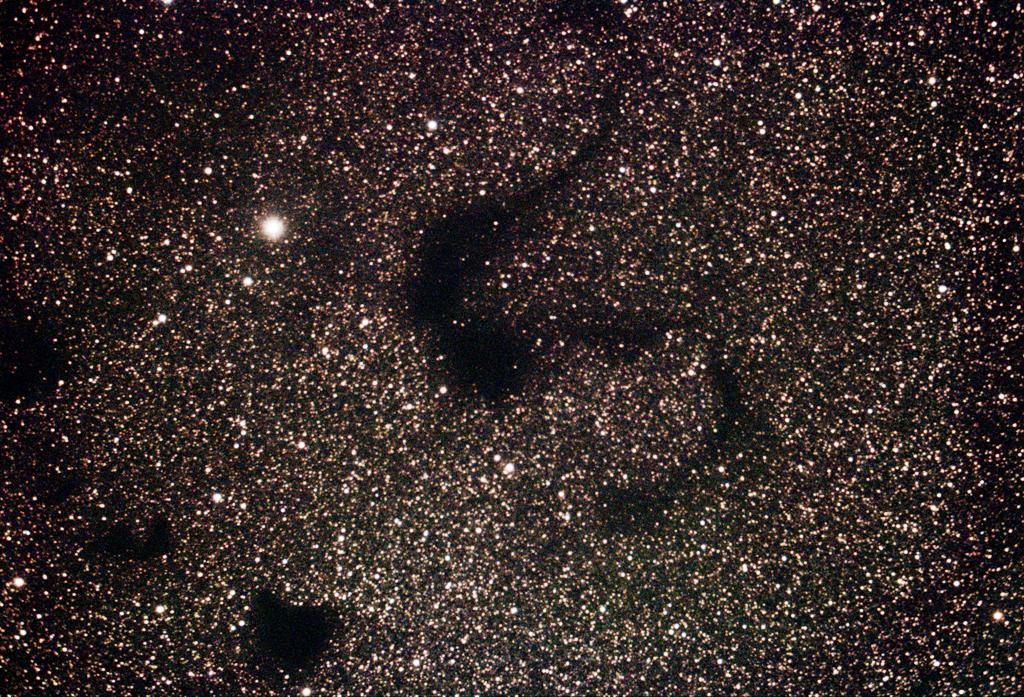
|
| "the Snake Nebula"
|
| Color Space
| Binning
| Gain
| Brightness
| White Bal (B)
| White Bal (R)
| Temperature
| Dark Frame
|
| RGB24
| 1
| 350
| 55
| 75
| 65
| -10
| Yes
|
| (return to index)
|
| Object
| Type
| Constellation
| Date
| Optical Tube
| Mount
| Capture size
| Exposure
| Stack#
| Time
| Filter
| Guided
|
| B77 & B78
| Dark Nebula
| Ophiuchus
| 07/09/2021
| Canon Lens @ 25mm & ASI290MC
| Atlas Gem
| 1936x1096
| 15 sec
| 60
| 15 minutes
| na
| yes
|
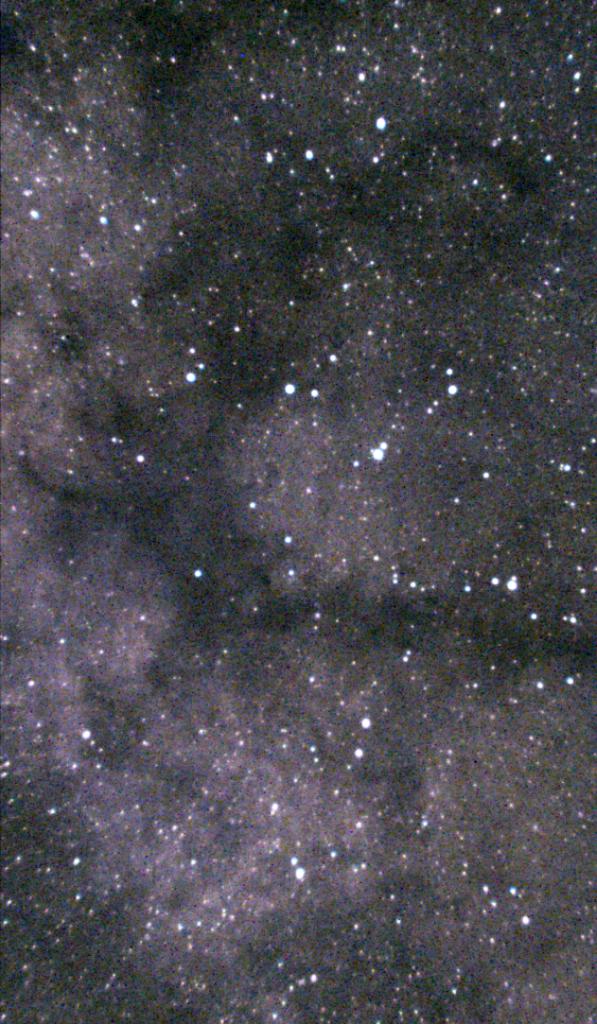
|
| the bowel of the Pipe Nebula - includes B65, B66, B67a
|
| Color Space
| Binning
| Gain
| Brightness
| White Bal (B)
| White Bal (R)
| Temperature
| Dark Frame
|
| RGB24
| 1
| 300
| 140
| 70
| 63
| na
| Yes
|
| (return to index)
|
| Object
| Type
| Constellation
| Date
| Optical Tube
| Mount
| Capture size
| Exposure
| Stack#
| Time
| Filter
| Guided
|
| B85
| Emission & Dark Nebula
| Sagittarius
| 09/06/2021
| 14" SCT @ f6.3
| Fork Wedge
| 4144x2822
| 60 sec
| 30
| 30 minutes
| L-eNhance
| yes
|
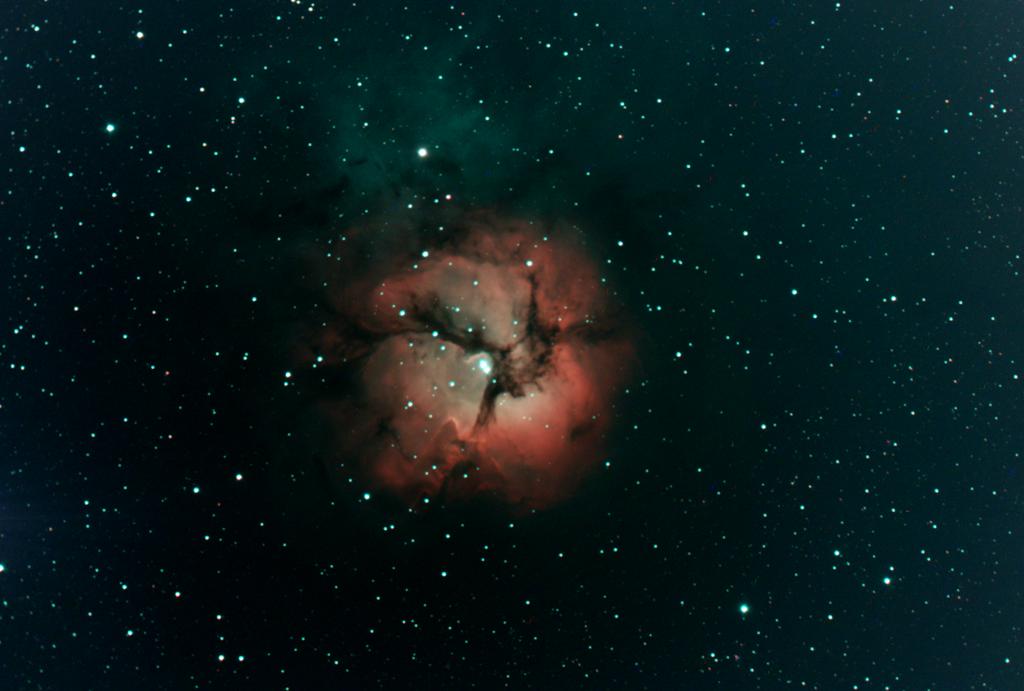
|
| "M20 - the Trifid Nebula (narrowband filter)"
|
| Color Space
| Binning
| Gain
| Brightness
| White Bal (B)
| White Bal (R)
| Temperature
| Dark Frame
|
| RGB24
| 1
| 375
| 70
| 65
| 70
| -10
| Yes
|
| (return to index)
|
| Object
| Type
| Constellation
| Date
| Optical Tube
| Mount
| Capture size
| Exposure
| Stack#
| Time
| Filter
| Guided
|
| B86 & NGC6520
| Dark Nebula
| Sagittarius
| 09/14/2023
| EVO50mm f4.2 Refractor
| Atlas Gem
| 4144x2822
| 30 sec
| 16
| 8 min
| L-Pro
| yes
|
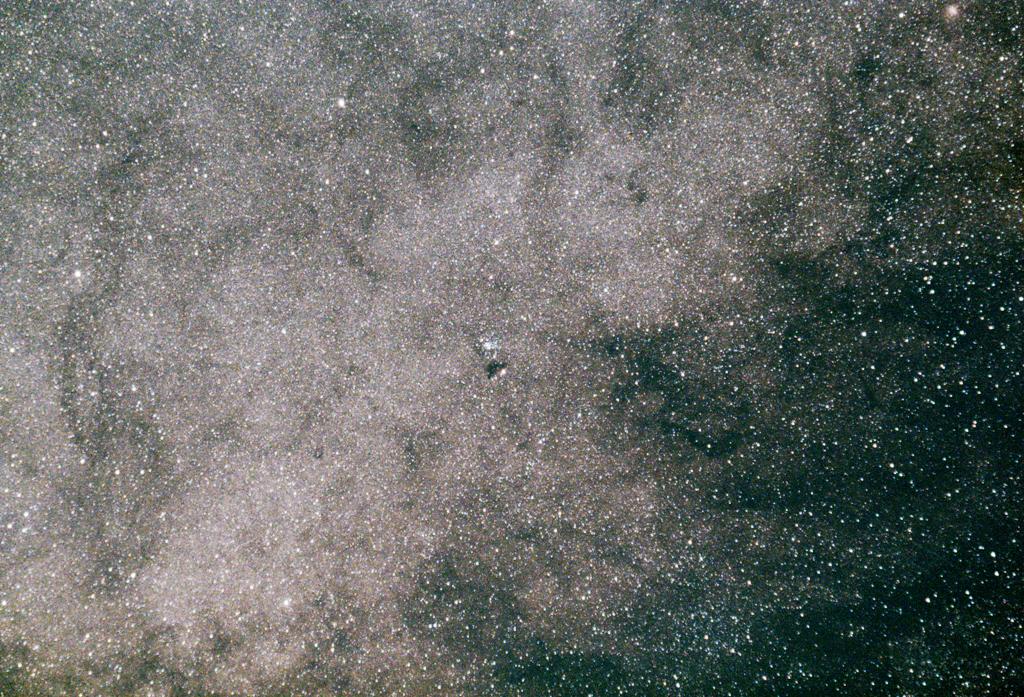
|
| "the Ink Spot"
|
| Color Space
| Binning
| Gain
| Brightness
| White Bal (B)
| White Bal (R)
| Temperature
| Dark Frame
|
| RGB24
| 1
| 350
| 70
| 65
| 55
| +11.9
| Yes
|
| (return to index)
|
| Object
| Type
| Constellation
| Date
| Optical Tube
| Mount
| Capture size
| Exposure
| Stack#
| Time
| Filter
| Guided
|
| B86 & NGC6520
| Dark Nebula
| Sagittarius
| 08/05/2021
| 8" SCT @ f6.3
| Atlas Gem
| 4144x2822
| 60 sec
| 10
| 10 minutes
| L-Pro
| yes
|
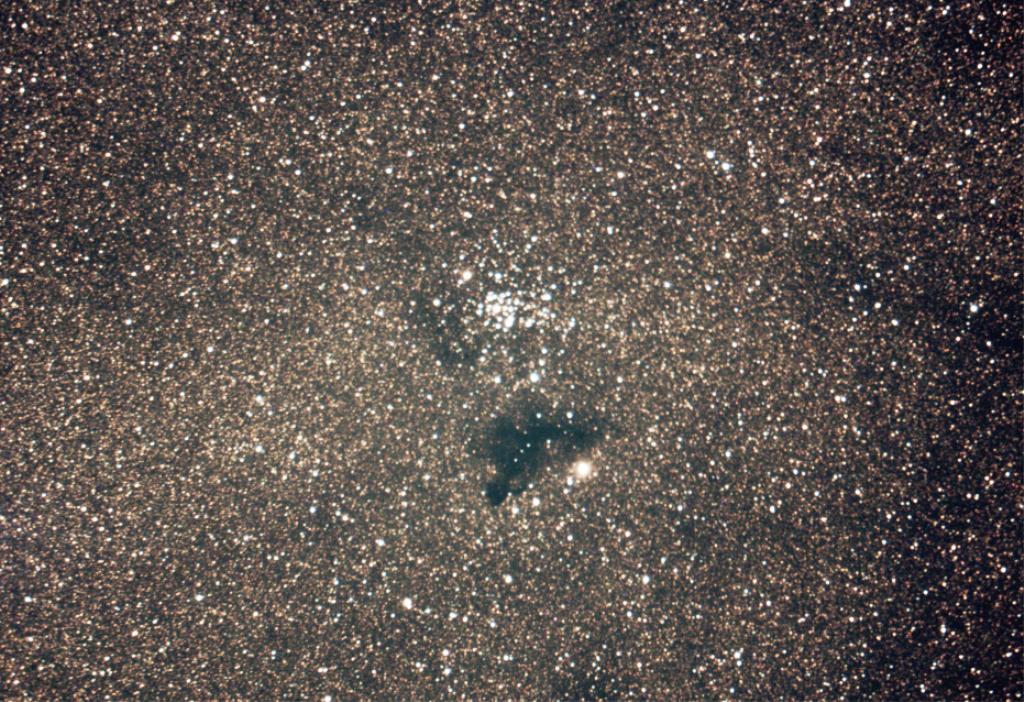
|
| "the Inkspot Nebula"
|
| Color Space
| Binning
| Gain
| Brightness
| White Bal (B)
| White Bal (R)
| Temperature
| Dark Frame
|
| RGB24
| 1
| 325
| 65
| 70
| 70
| -10
| Yes
|
| (return to index)
|
| Object
| Type
| Constellation
| Date
| Optical Tube
| Mount
| Capture size
| Exposure
| Stack#
| Time
| Filter
| Guided
|
| B88, B89, B296
| Dark Nebula
| Sagittarius
| 07/07/2024
| 8" SCT @ f6.3
| Atlas Gem
| 4144x2822
| 180 sec
| 7
| 21 minutes
| L-Pro
| yes
|
| Color Space
| Binning
| Gain
| Brightness
| White Bal (B)
| White Bal (R)
| Temperature
| Dark Frame
|
| RGB24
| 1
| 350
| 65
| 75
| 70
| -10
| Yes
|
| (return to index)
|
| Object
| Type
| Constellation
| Date
| Optical Tube
| Mount
| Capture size
| Exposure
| Stack#
| Time
| Filter
| Guided
|
| B88
| Dark Nebula
| Sagittarius
| 07/07/2024
| 8" SCT @ f6.3
| Atlas Gem
| 4144x2822 cropped
| 180 sec
| 7
| 21 minutes
| L-Pro
| yes
|
| Color Space
| Binning
| Gain
| Brightness
| White Bal (B)
| White Bal (R)
| Temperature
| Dark Frame
|
| RGB24
| 1
| 350
| 65
| 75
| 70
| -10
| Yes
|
| (return to index)
|
| Object
| Type
| Constellation
| Date
| Optical Tube
| Mount
| Capture size
| Exposure
| Stack#
| Time
| Filter
| Guided
|
| B89
| Dark Nebula
| Sagittarius
| 07/07/2024
| 8" SCT @ f6.3
| Atlas Gem
| 4144x2822 cropped
| 180 sec
| 7
| 21 minutes
| L-Pro
| yes
|
| Color Space
| Binning
| Gain
| Brightness
| White Bal (B)
| White Bal (R)
| Temperature
| Dark Frame
|
| RGB24
| 1
| 350
| 65
| 75
| 70
| -10
| Yes
|
| (return to index)
|
| Object
| Type
| Constellation
| Date
| Optical Tube
| Mount
| Capture size
| Exposure
| Stack#
| Time
| Filter
| Guided
|
| B296
| Dark Nebula
| Sagittarius
| 07/07/2024
| 8" SCT @ f6.3
| Atlas Gem
| 4144x2822 cropped
| 180 sec
| 7
| 21 minutes
| L-Pro
| yes
|
| Color Space
| Binning
| Gain
| Brightness
| White Bal (B)
| White Bal (R)
| Temperature
| Dark Frame
|
| RGB24
| 1
| 350
| 65
| 75
| 70
| -10
| Yes
|
| (return to index)
|
| Object
| Type
| Constellation
| Date
| Optical Tube
| Mount
| Capture size
| Exposure
| Stack#
| Time
| Filter
| Guided
|
| B92
| Dark Nebula
| Sagittarius
| 08/05/2021
| 8" SCT @ f6.3
| Atlas Gem
| 4144x2822
| 60 sec
| 10
| 10 minutes
| L-Pro
| yes
|
| Color Space
| Binning
| Gain
| Brightness
| White Bal (B)
| White Bal (R)
| Temperature
| Dark Frame
|
| RGB24
| 1
| 325
| 65
| 70
| 70
| -10
| Yes
|
| (return to index)
|
| Object
| Type
| Constellation
| Date
| Optical Tube
| Mount
| Capture size
| Exposure
| Stack#
| Time
| Filter
| Guided
|
| B93
| Dark Nebula
| Sagittarius
| 08/05/2021
| 8" SCT @ f6.3
| Atlas Gem
| 4144x2822
| 60 sec
| 10
| 10 minutes
| L-Pro
| yes
|
| Color Space
| Binning
| Gain
| Brightness
| White Bal (B)
| White Bal (R)
| Temperature
| Dark Frame
|
| RGB24
| 1
| 325
| 65
| 70
| 70
| -10
| Yes
|
| (return to index)
|
| Object
| Type
| Constellation
| Date
| Optical Tube
| Mount
| Capture size
| Exposure
| Stack#
| Time
| Filter
| Guided
|
| B103 & B188
| Dark Nebula
| Scutum
| 07/07/2024
| EVO50mm f4.2 Refractor
| Atlas Gem
| 4144x2822
| 180 sec
| 7
| 21 minutes
| L-Pro
| yes
|
| Color Space
| Binning
| Gain
| Brightness
| White Bal (B)
| White Bal (R)
| Temperature
| Dark Frame
|
| RGB24
| 1
| 350
| 55
| 70
| 65
| 23.9
| Yes
|
| (return to index)
|
| Object
| Type
| Constellation
| Date
| Optical Tube
| Mount
| Capture size
| Exposure
| Stack#
| Time
| Filter
| Guided
|
| B142 and B143
| Dark Nebula
| Aquila
| 09/14/2023
| EVO50mm f4.2 Refractor
| Atlas Gem
| 4144x2822
| 30 sec
| 60
| 30 min
| L-Pro
| yes
|
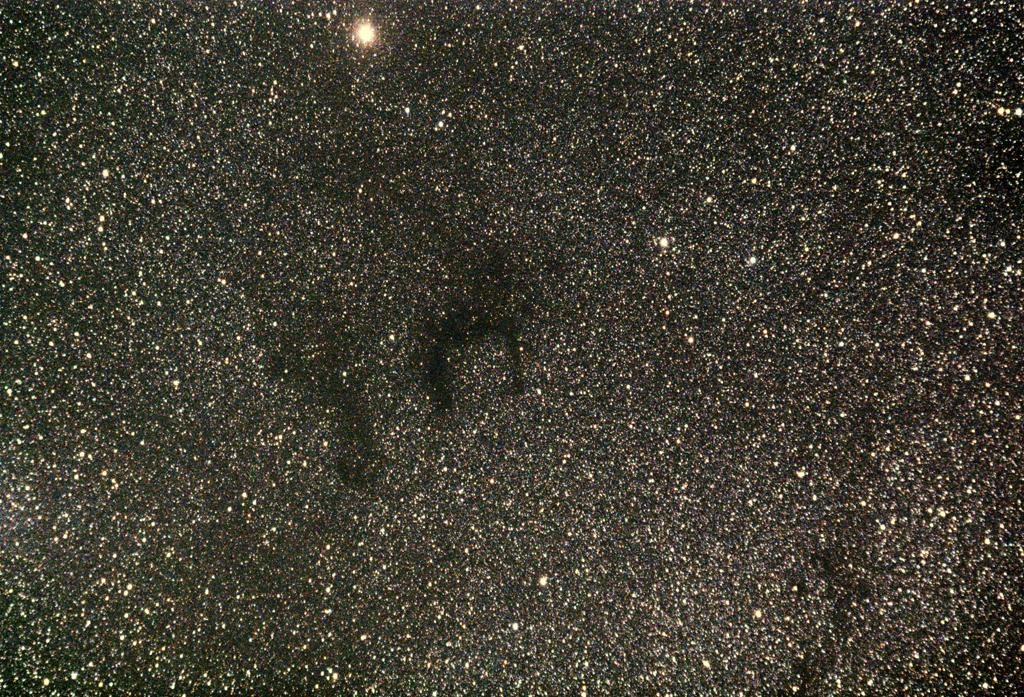
|
| "Barnard's E"
|
| Color Space
| Binning
| Gain
| Brightness
| White Bal (B)
| White Bal (R)
| Temperature
| Dark Frame
|
| RGB24
| 1
| 350
| 70
| 65
| 55
| +11.2
| Yes
|
| (return to index)
|
| Object
| Type
| Constellation
| Date
| Optical Tube
| Mount
| Capture size
| Exposure
| Stack#
| Time
| Filter
| Guided
|
| B144, B145, B146, B147
| Dark Nebula
| Cygnus
| 09/03/2024
| EVO50mm f4.2 Refractor
| Atlas Gem
| 4144x2822
| 180 sec
| 5
| 15 minutes
| L-Pro
| yes
|

|
| "Fish on a Platter"
|
| Color Space
| Binning
| Gain
| Brightness
| White Bal (B)
| White Bal (R)
| Temperature
| Dark Frame
|
| RGB24
| 1
| 350
| 55
| 70
| 65
| +13.7
| Yes
|
| (return to index)
|
| Object
| Type
| Constellation
| Date
| Optical Tube
| Mount
| Capture size
| Exposure
| Stack#
| Time
| Filter
| Guided
|
| B144, B145, B146, B147
| Dark Nebula
| Cygnus
| 09/03/2024
| EVO50mm f4.2 Refractor
| Atlas Gem
| 4144x2822
| 180 sec
| 5
| 15 minutes
| L-Pro
| yes
|

|
| "Fish on a Platter"
|
| Color Space
| Binning
| Gain
| Brightness
| White Bal (B)
| White Bal (R)
| Temperature
| Dark Frame
|
| RGB24
| 1
| 350
| 55
| 70
| 65
| +13.7
| Yes
|
| (return to index)
|
| Object
| Type
| Constellation
| Date
| Optical Tube
| Mount
| Capture size
| Exposure
| Stack#
| Time
| Filter
| Guided
|
| B150
| Dark Nebula
| Cepheus
| 11/06/2021
| 8" SCT @ f6.3
| Atlas Gem
| 4144x2822
| 180 sec
| 5
| 15 minutes
| L-Pro
| Yes
|
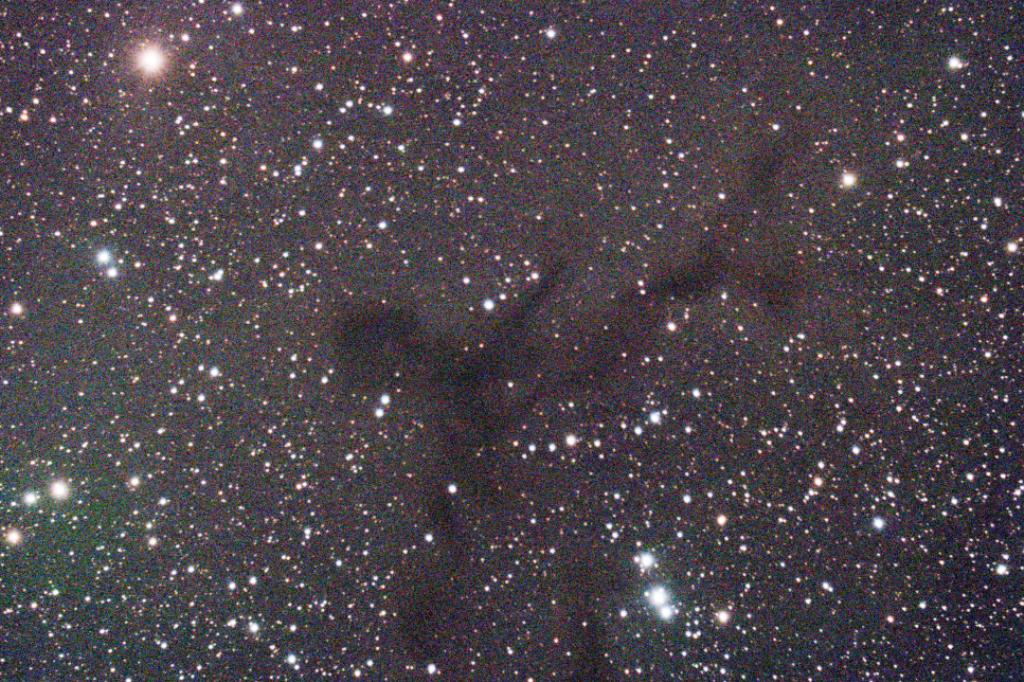
|
| "Seahorse Nebula"
|
| Color Space
| Binning
| Gain
| Brightness
| White Bal (B)
| White Bal (R)
| Temperature
| Dark Frame
|
| RGB24
| 1
| 350
| 65
| 75
| 70
| -9.4
| Yes
|
| (return to index)
|
| Object
| Type
| Constellation
| Date
| Optical Tube
| Mount
| Capture size
| Exposure
| Stack#
| Time
| Filter
| Guided
|
| B160 & B161, B162, B163, B199, B365, B366
| Dark Nebula
| Cepheus
| 10/03/2024
| EVO50mm f4.2 Refractor
| Atlas Gem
| 4144x2822
| 180 sec
| 10
| 30 min
| L-Pro
| yes
|

| 
|
| part of IC1396A
|
| Color Space
| Binning
| Gain
| Brightness
| White Bal (B)
| White Bal (R)
| Temperature
| Dark Frame
|
| RGB24
| 1
| 350
| 70
| 65
| 55
| +9.8
| Yes
|
| (return to index)
|
| Object
| Type
| Constellation
| Date
| Optical Tube
| Mount
| Capture size
| Exposure
| Stack#
| Time
| Filter
| Guided
|
| B168, B169, B170, B171, B173, B174
| Dark Nebula
| Lacerta/Cepheus
| 08/03/2024
| Canon Lens @ 5mm & ASI290MC
| Atlas Gem
| 1936x1096
| 60 sec
| 15
| 15 minutes
| IR
| yes
|

|
| the bowel of the Pipe Nebula - includes B65, B66, B67a
|
| Color Space
| Binning
| Gain
| Brightness
| White Bal (B)
| White Bal (R)
| Temperature
| Dark Frame
|
| RGB24
| 1
| 300
| 175
| 70
| 65
| 23.7
| Yes
|
| (return to index)
|
| Object
| Type
| Constellation
| Date
| Optical Tube
| Mount
| Capture size
| Exposure
| Stack#
| Time
| Filter
| Guided
|
| B283, B286, B287, B293
| Dark Nebula
| Scorpius
| 07/06/2024
| EVO50mm f4.2 Refractor
| Atlas Gem
| 4144x2822
| 180 sec
| 12
| 36 minutes
| L-Pro
| yes
|
| Color Space
| Binning
| Gain
| Brightness
| White Bal (B)
| White Bal (R)
| Temperature
| Dark Frame
|
| RGB24
| 1
| 350
| 55
| 70
| 65
| na
| Yes
|
| (return to index)
|
| Object
| Type
| Constellation
| Date
| Optical Tube
| Mount
| Capture size
| Exposure
| Stack#
| Time
| Filter
| Guided
|
| B289, B294, B295, B298
| Dark Nebula
| Sagittarius
| 07/06/2024
| EVO50mm f4.2 Refractor
| Atlas Gem
| 4144x2822
| 180 sec
| 6
| 18 minutes
| L-Pro
| yes
|
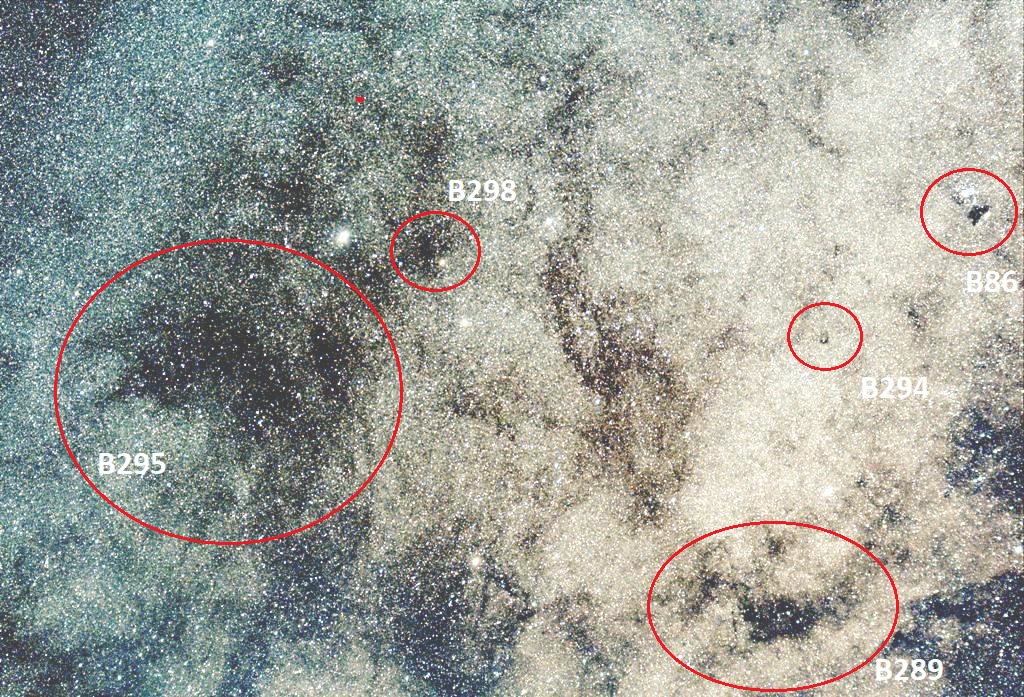
|
| Aslo includes B86
|
| Color Space
| Binning
| Gain
| Brightness
| White Bal (B)
| White Bal (R)
| Temperature
| Dark Frame
|
| RGB24
| 1
| 350
| 55
| 70
| 65
| na
| Yes
|
| (return to index)
|
| Object
| Type
| Constellation
| Date
| Optical Tube
| Mount
| Capture size
| Exposure
| Stack#
| Time
| Filter
| Guided
|
| B304 & B307
| Dark Nebula
| Sagittarius
| 07/07/2024
| EVO50mm f4.2 Refractor
| Atlas Gem
| 4144x2822
| 180 sec
| 7
| 21 minutes
| L-Pro
| yes
|
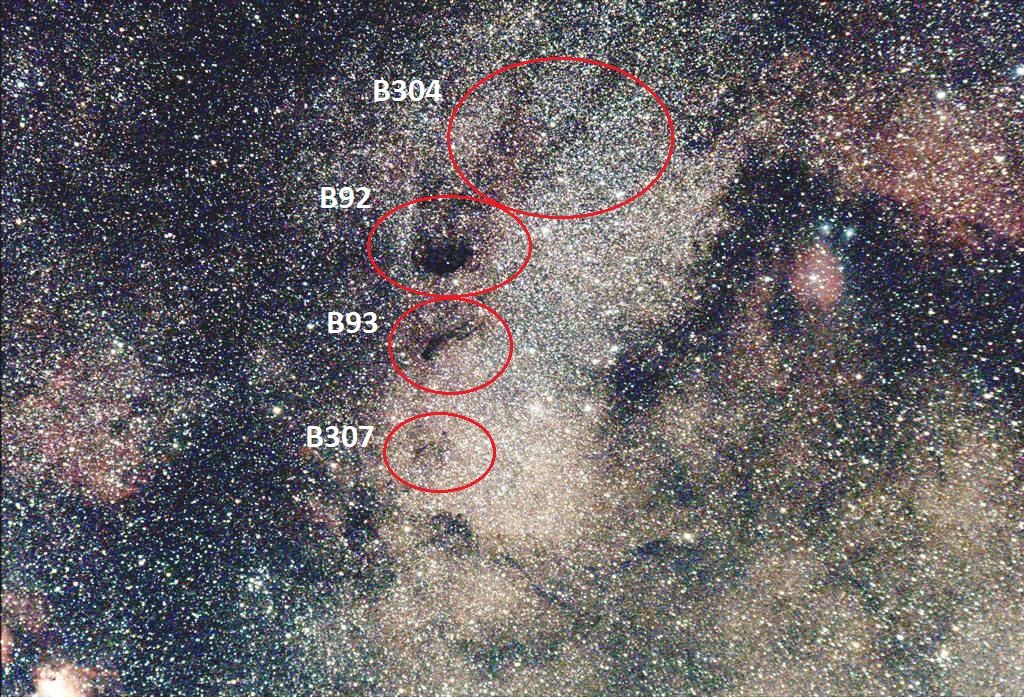
|
| also B92 & B93
|
| Color Space
| Binning
| Gain
| Brightness
| White Bal (B)
| White Bal (R)
| Temperature
| Dark Frame
|
| RGB24
| 1
| 350
| 55
| 70
| 65
| 23.9
| Yes
|
| (return to index)
|
| Object
| Type
| Constellation
| Date
| Optical Tube
| Mount
| Capture size
| Exposure
| Stack#
| Time
| Filter
| Guided
|
| B333, B3334, B336, B337
| Dark Nebula
| Aquila
| 08/03/2024
| EVO50mm f4.2 Refractor
| Atlas Gem
| 4144x2822
| 180 sec
| 10
| 30 minutes
| L-Pro
| yes
|

|
| Also B142 & B143, "Barnards E"
|
| Color Space
| Binning
| Gain
| Brightness
| White Bal (B)
| White Bal (R)
| Temperature
| Dark Frame
|
| RGB24
| 1
| 350
| 55
| 70
| 65
| 23.2
| Yes
|
| (return to index)
|
| Object
| Type
| Constellation
| Date
| Optical Tube
| Mount
| Capture size
| Exposure
| Stack#
| Time
| Filter
| Guided
|
| B335, B338, B339
| Dark Nebula
| Aquila
| 08/04/2024
| Canon Lens @ 25mm & ASI290MC
| Atlas Gem
| 1936x1096
| 60 sec
| 15
| 15 minutes
| IR
| yes
|

|
| Also B142 & B143, "Barnards E" and B333, B334, B336, B337
|
| Color Space
| Binning
| Gain
| Brightness
| White Bal (B)
| White Bal (R)
| Temperature
| Dark Frame
|
| RGB24
| 1
| 300
| 175
| 70
| 65
| 22.6
| Yes
|
| (return to index)
|
| Object
| Type
| Constellation
| Date
| Optical Tube
| Mount
| Capture size
| Exposure
| Stack#
| Time
| Filter
| Guided
|
| B352, B353, B355, B358
| Dark Nebula
| Cygnus
| 08/03/2024
| EVO50mm f4.2 Refractor
| Atlas Gem
| 4144x2822
| 180 sec
| 20
| 60 minutes
| L-Pro
| yes
|

|
| Also NGC7000 - North American Nebula
|
| Color Space
| Binning
| Gain
| Brightness
| White Bal (B)
| White Bal (R)
| Temperature
| Dark Frame
|
| RGB24
| 1
| 350
| 55
| 70
| 65
| 19.7
| Yes
|
| (return to index)
|
| Object
| Type
| Constellation
| Date
| Optical Tube
| Mount
| Capture size
| Exposure
| Stack#
| Time
| Filter
| Guided
|
| Lagoon Nebula
| Emission Nebula
| Sagittarius
| 09/06/2021
| 14" SCT @ f6.3
| Fork Wedge
| 4144x2822
| 60 sec
| 30
| 30 minutes
| L-eNhance
| yes
|
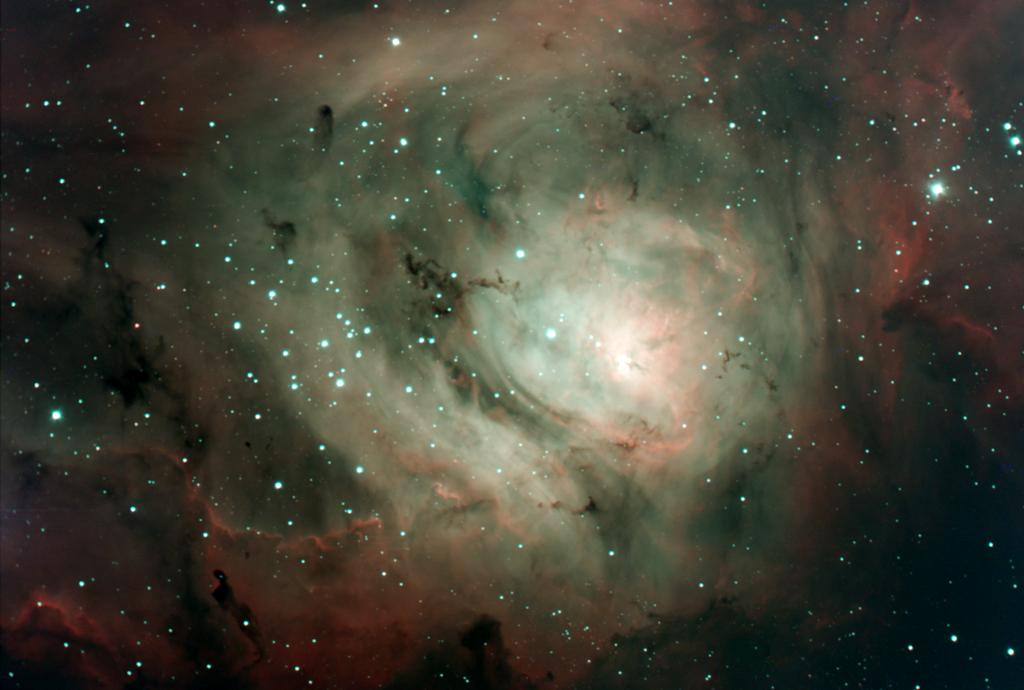
|
| "M8 - the Lagoon Nebula (narrowband filter)"
|
| Color Space
| Binning
| Gain
| Brightness
| White Bal (B)
| White Bal (R)
| Temperature
| Dark Frame
|
| RGB24
| 1
| 375
| 70
| 65
| 70
| -10
| Yes
|
| (return to index)
|
| Object
| Type
| Constellation
| Date
| Optical Tube
| Mount
| Capture size
| Exposure
| Stack#
| Time
| Filter
| Guided
|
| Galactic Dark Horse
| Dark Nebula
| Ophiuchus
| 06/18/2023
| Canon Lens @ 5mm & ASI290MC
| Atlas Gem
| 1936x1096
| 30 sec
| 12
| 12 minutes
| na
| yes
|
|
|
|
| 07/08/2024
| Canon Lens @ 5mm & ASI290MC
| Atlas Gem
| 1936x1096
| 60 sec
| 15
| 15 minutes
| IR
| yes
|
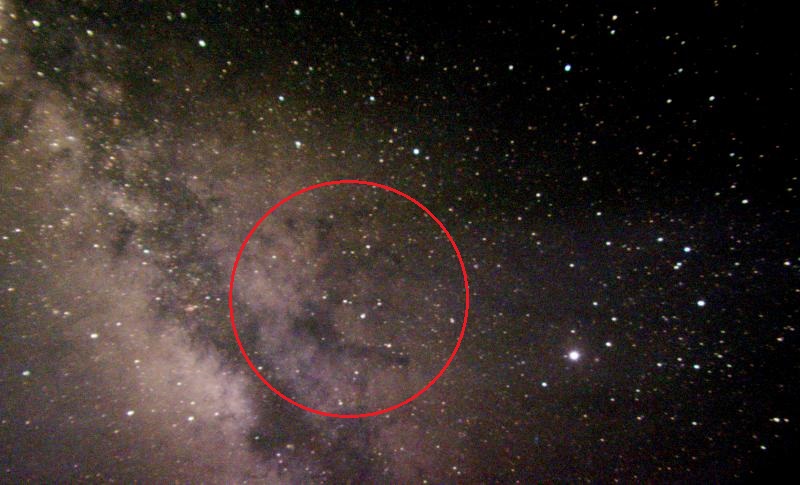
|
| 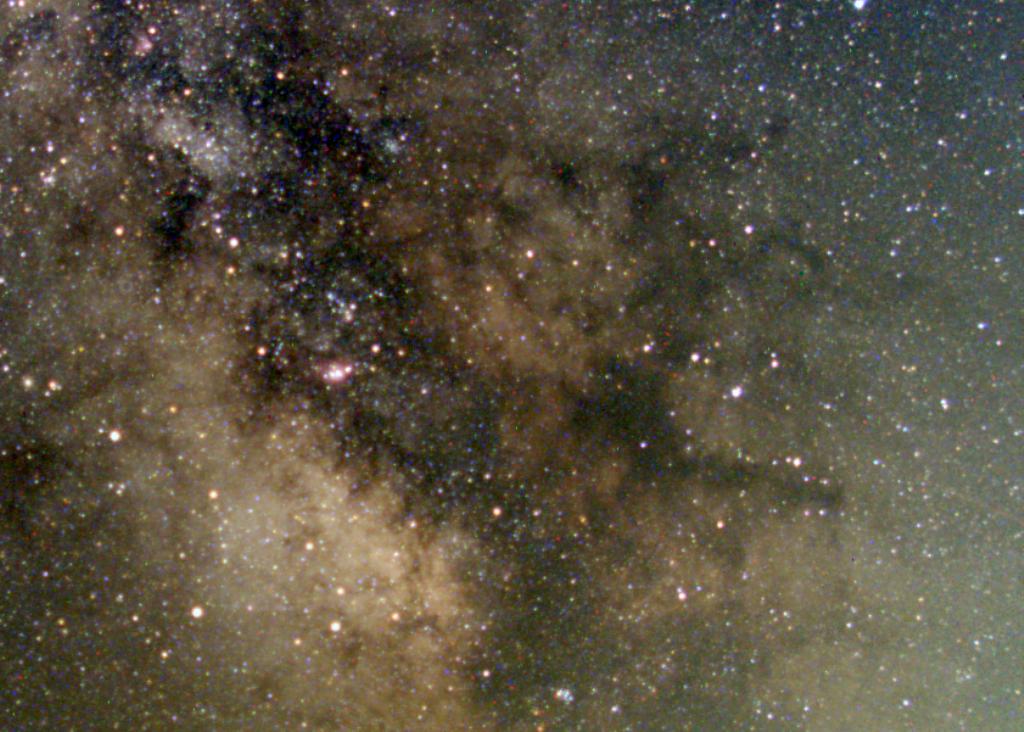
|
| includes the Pipe Nebula - B66
|
| Color Space
| Binning
| Gain
| Brightness
| White Bal (B)
| White Bal (R)
| Temperature
| Dark Frame
|
| RGB24
| 1
| 300
| 175
| 70
| 65
| +16.3 / +26.3
| Yes
|
| (return to index)
|
| Object
| Type
| Constellation
| Date
| Optical Tube
| Mount
| Capture size
| Exposure
| Stack#
| Time
| Filter
| Guided
|
| Great Rift
| Dark Nebula
| Cygnus - Aquila
| 08/03/2024
| Canon Lens @ 5mm & ASI290MC
| Atlas Gem
| 1936x1096
| 60 sec
| 15
| 15 minutes
| IR
| yes
|

| 
|
| The Great Rift from Cygnus
| thru Aquila to Scutum
|
| Color Space
| Binning
| Gain
| Brightness
| White Bal (B)
| White Bal (R)
| Temperature
| Dark Frame
|
| RGB24
| 1
| 300
| 175
| 70
| 65
| 24
| Yes
|
| (return to index)
|
| Object
| Type
| Constellation
| Date
| Optical Tube
| Mount
| Capture size
| Exposure
| Stack#
| Time
| Filter
| Guided
|
| Northern Coal Sack
| Dark Nebula
| Cygnus
| 08/04/2024
| EVO50mm f4.2 Refractor
| Atlas Gem
| 4144x2822
| 180 sec
| 5
| 15 minutes
| L-Pro
| yes
|

|
| The Northern Coal Sack & Deneb
|
| Color Space
| Binning
| Gain
| Brightness
| White Bal (B)
| White Bal (R)
| Temperature
| Dark Frame
|
| RGB24
| 1
| 350
| 55
| 70
| 65
| 20.7
| Yes
|
| (return to index)
|
| Object
| Type
| Constellation
| Date
| Optical Tube
| Mount
| Capture size
| Exposure
| Stack#
| Time
| Filter
| Guided
|
| Northern Coal Sack
| Dark Nebula
| Cygnus
| 08/04/2024
| Canon Lens @ 25mm & ASI290MC
| Atlas Gem
| 1936x1096
| 60 sec
| 15
| 15 minutes
| IR
| yes
|

|
| The Northern Coal Sack & NGC7000 - North American Nebula
|
| Color Space
| Binning
| Gain
| Brightness
| White Bal (B)
| White Bal (R)
| Temperature
| Dark Frame
|
| RGB24
| 1
| 300
| 175
| 70
| 65
| 24
| Yes
|
| (return to index)
|
| Object
| Type
| Constellation
| Date
| Optical Tube
| Mount
| Capture size
| Exposure
| Stack#
| Time
| Filter
| Guided
|
| Le Gentil 3
| Dark Nebula
| Cygnus
| 09/02/2024
| Canon Lens @ 25mm & ASI290MC
| Atlas Gem
| 1936x1096
| 60 sec
| 30
| 30 minutes
| IR
| yes
|

|
| Le Gentil 3
|
| Color Space
| Binning
| Gain
| Brightness
| White Bal (B)
| White Bal (R)
| Temperature
| Dark Frame
|
| RGB24
| 1
| 300
| 175
| 70
| 65
| 11.2
| Yes
|
| (return to index)
|
StellaCam analog deepsky video cameras Index:
| Barnard Object |
NGC / IC |
Nickname |
Constellation |
| B33:
| IC410
| "HorseHead Nebula"
| Orion
|
| B59:
| B59, B66, B67, B77, & B78
| "Pipe Nebula"
| Ophiuchus
|
| B68:
| B68, B70, B72, B74, B76, B265, & B267
|
| Ophiuchus
|
| B72:
|
| "Snake Nebula"
| Ophiuchus
|
| B84:
|
|
| Sagittarius
|
| B84a:
|
|
| Sagittarius
|
| B85:
| M20
| "Trifid Nebula"
| Sagittarius
|
| B86:
|
| "Ink Spot Nebula"
| Sagittarius
|
| B87:
|
| "Parrot Head Nebula"
| Sagittarius
|
| B89:
| B88, B89 & B296 (M8)
| "Lagoon Nebula"
| Sagittarius
|
| B90:
|
|
| Sagittarius
|
| B92:
| B92, B93, B99, B304, B307, & B308 (M24)
|
| Sagittarius
|
| B95:
|
|
| Sagittarius
|
| B100:
| B100 & B101
|
| Scutum
|
| B103:
|
|
| Scutum
|
| B104:
|
|
| Scutum
|
| B110:
|
|
| Scutum
|
| B112:
| B112, B114, B115, B116, B117 & B118 (near M11)
|
| Scutum
|
| B113:
|
|
| Scutum
|
| B127:
| B127, B129, & B130
|
| Sagittarius
|
| B132:
|
|
| Sagittarius
|
| B133:
|
|
| Sagittarius
|
| B134:
|
|
| Sagittarius
|
| B135:
| B135 & B136
|
| Sagittarius
|
| B138:
|
|
| Aquila
|
| B142:
| B142, & B143
| "Barnards 'E'"
| Aquila
|
| B145:
|
|
| Scutum
|
| B148:
| B148 and B149
|
| Cepheus
|
| B150:
|
|
| Cepheus
|
| B152:
|
|
| Cepheus
|
| B161:
|
|
| Cepheus
|
| B163:
|
|
| Cepheus
|
| B163:
|
|
| Cepheus
|
| B289:
| B289, & B295
|
| Sagittarius
|
| B296:
| B296 (the Lagoon - M8)
|
| Sagittarius
|
| B312:
|
|
| Scutum
|
| B343:
|
|
| Scutum
|
| B352:
| B352, & B353 NGC7000)
| "North American Nebula"
| Scutum
|
| B00:
| multiple B's
| "Galactic-DarkHorse"
| Ophiuchus
|
Barnard Dark Nebula Observations:
B33 (Horse Head nebula) Orion - 09/15/2012
6" RC f5 & Stellacam-3 45 seconds
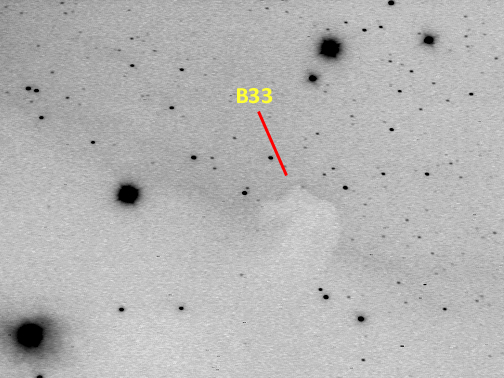
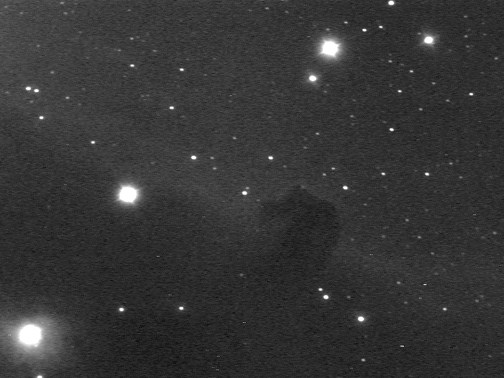
(return to index)
B33 (dark nebula) - 09/23/2017 - 8" SCT f6.3, StellaCam-3 @ 180 seconds (stack of 10)
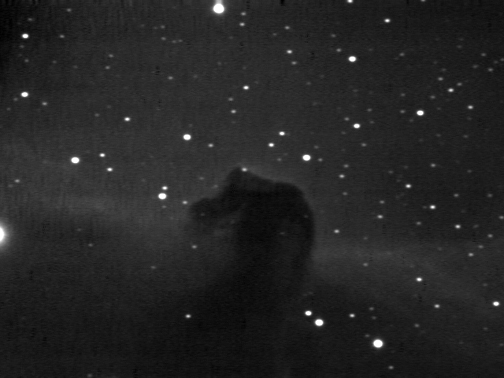
(return to index)
B59, B66, B67, B77, & B78 (Pipe Nebula) Ophiuchus - 08/17/2012
25mm CCTV lens & Stellacam-3 3 seconds
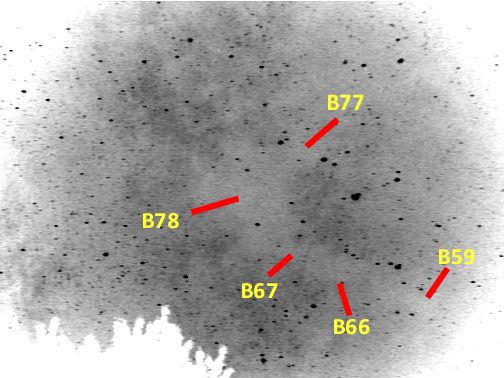
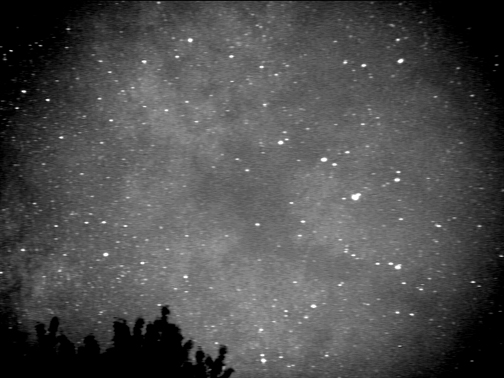
(return to index)
B68, B70, B72, B74, B76, B265, & B267 Ophiuchus - 08/17/2012
50mm CCTV lens & Stellacam-3 8 seconds
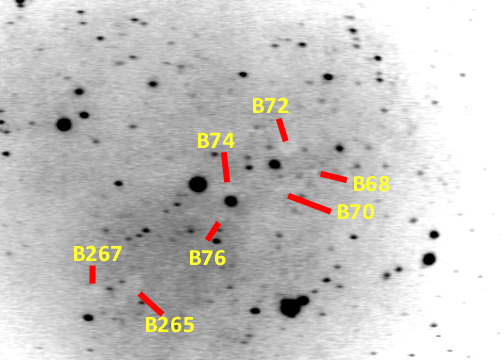
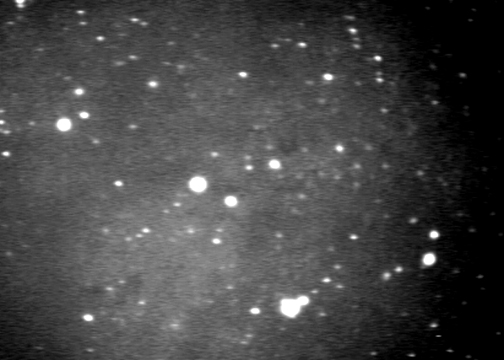
(return to index)
B68, B69, B70, B72 & B390 Ophiuchus - 09/12/2012
50mm Refractor & Stellacam-II 8 seconds
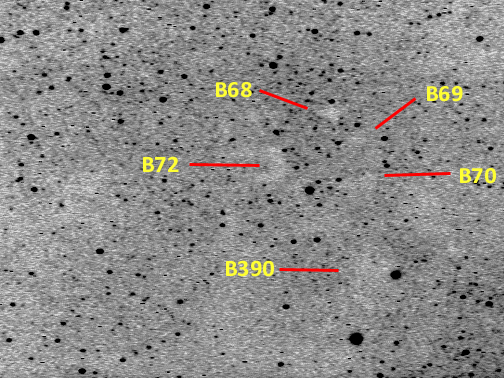
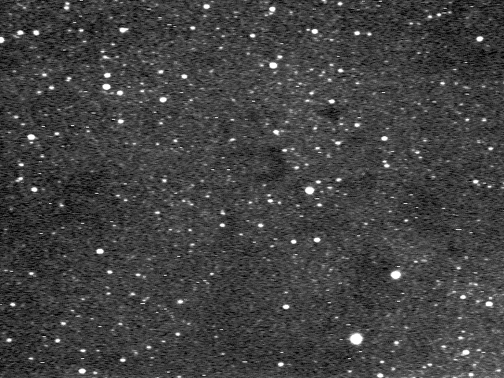
(return to index)
B72 (Snake nebula) Ophiuchus - 08/23/2011
6" RC f5 & Stellacam-3 30 seconds
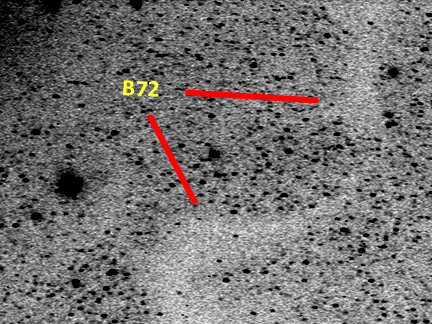
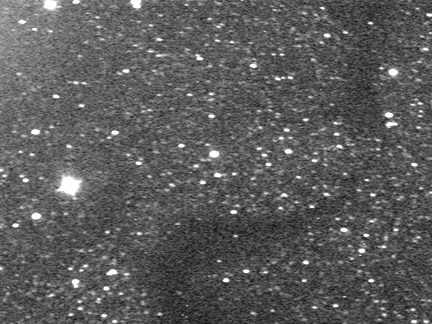
(return to index)
B72 Ophiuchus - 06/03/2013
50mm Refractor & Stellacam-II 8 seconds
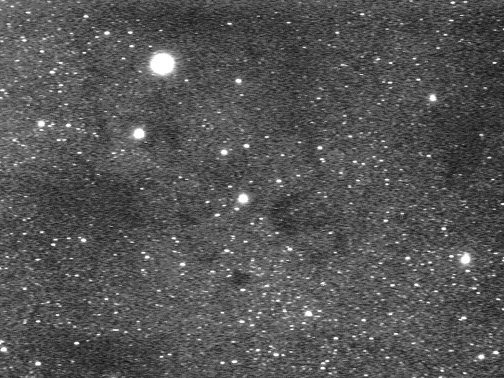
(return to index)
B84 Sagittarius - 09/12/2012
50mm Refractor & Stellacam-II 8 seconds
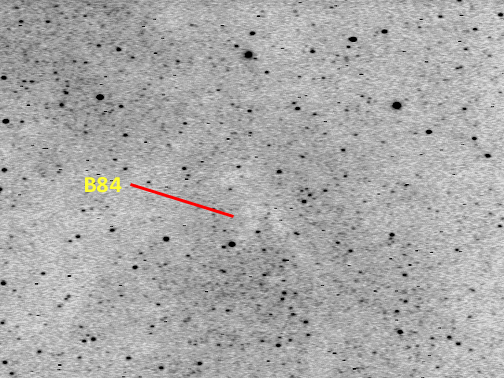
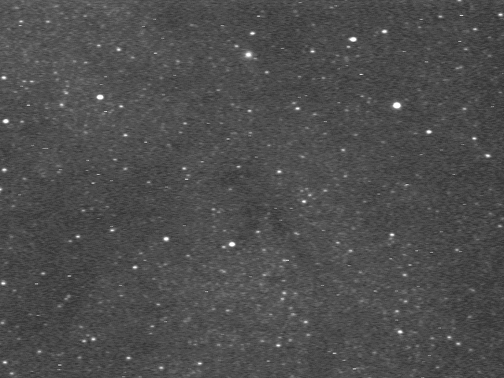
(return to index)
6" RC f5 & Stellacam-3 30 seconds
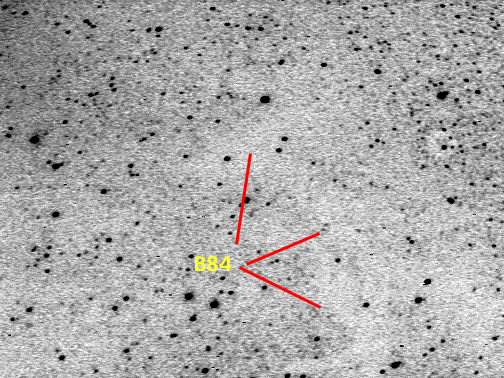
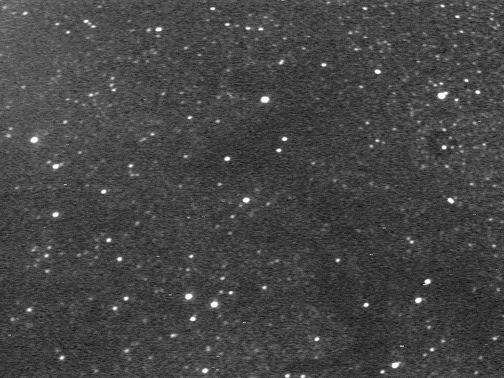
(return to index)
B84a Sagittarius - 09/12/2012
50mm Refractor & Stellacam-II 8 seconds
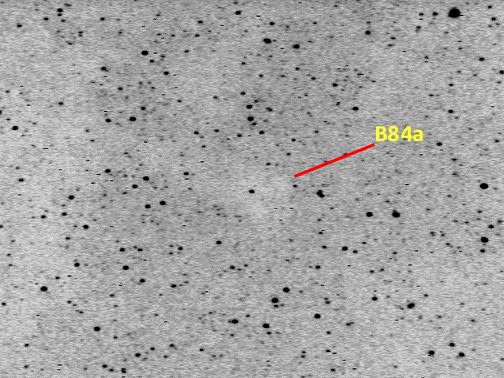
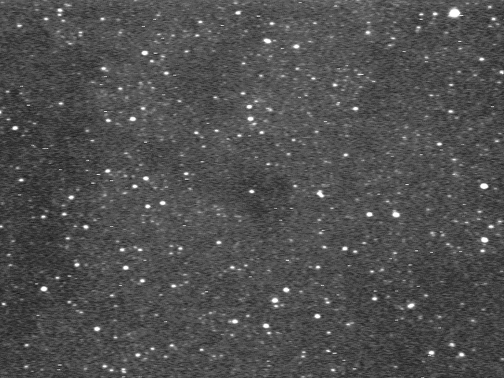
(return to index)
B85 (the Trifid - M20) Sagittarius - 09/20/2010
8" SCT f6.3 & Stellacam-3 30 seconds
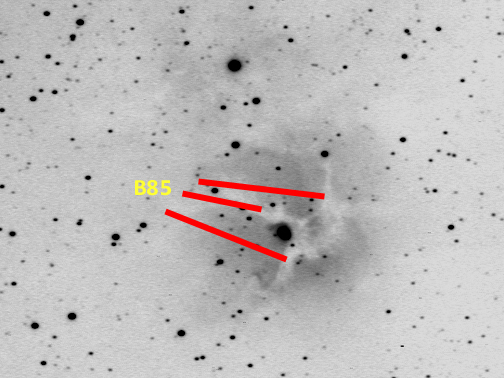
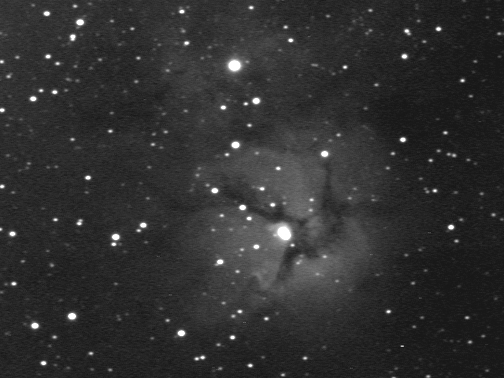
(return to index)
B86 (Ink Spot nebula) (NGC6520) Sagittarius - 09/12/2012
50mm Refractor & Stellacam-II 8 seconds
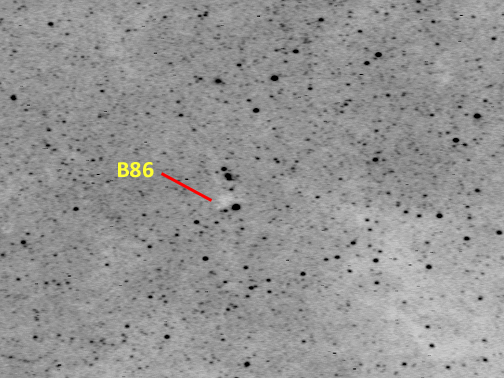
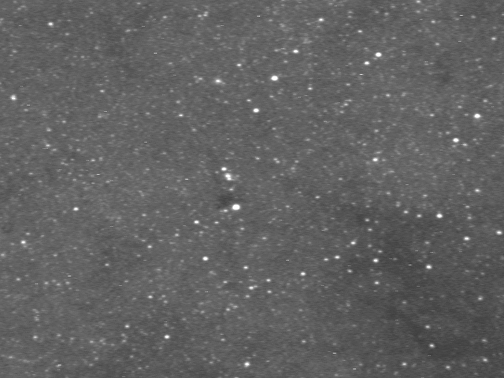
(return to index)
6" RC f5 & Stellacam-3 30 seconds
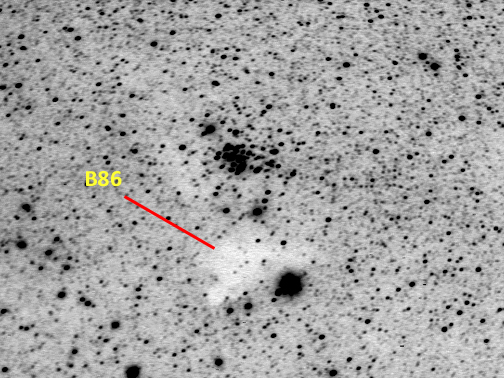
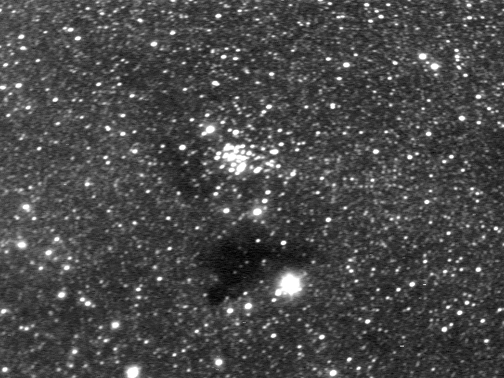
(return to index)
08/29/2016 - 8" SCT f6.3, StellaCam-3 @ 60 seconds
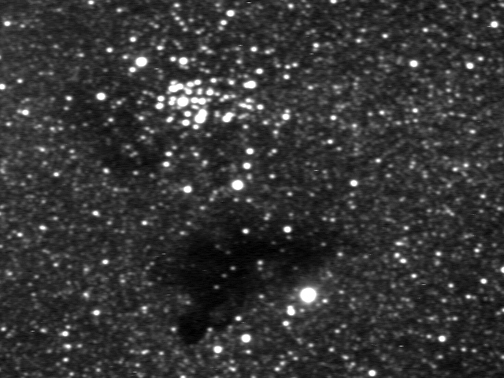
(return to index)
B87 (Parrot Head nebula) Sagittarius - 09/12/2012
50mm Refractor & Stellacam-II 8 seconds
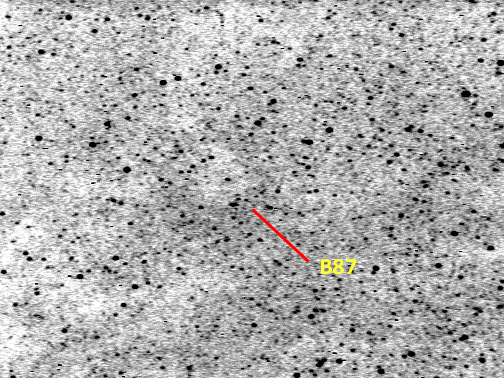
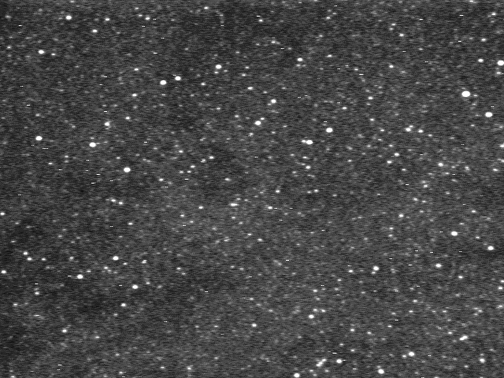
(return to index)
6" RC f5 & Stellacam-3 30 seconds
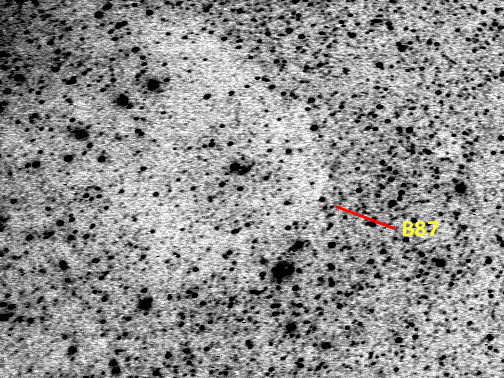
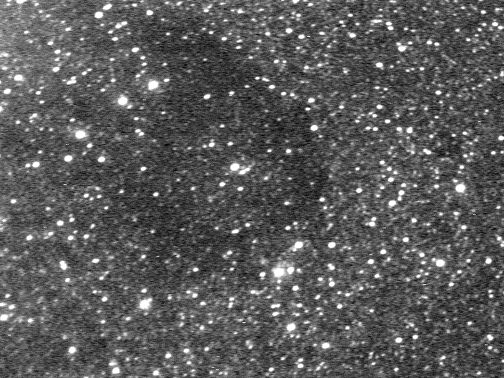
(return to index)
B88, B89 & B296 (M8 - the Lagoon nebula') Sagittarius - 09/15/2012
50mm Refractor & Stellacam-II 8 seconds
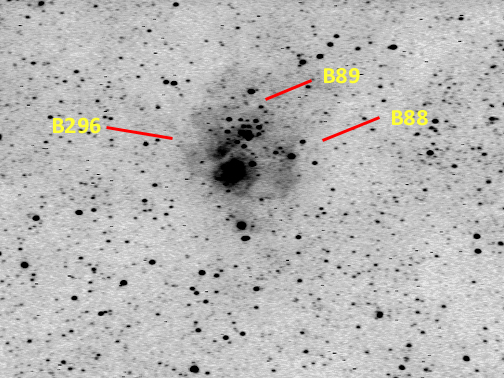
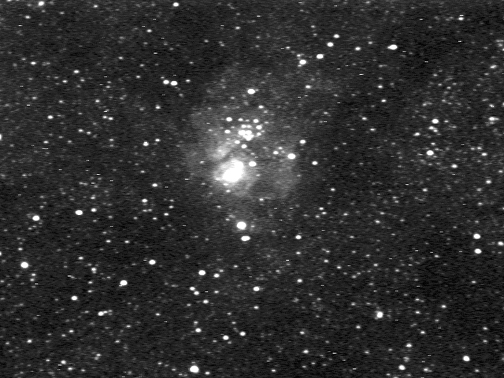
(return to index)
B88 Sagittarius - 09/12/2012
6" RC f5 & Stellacam-3 30 seconds
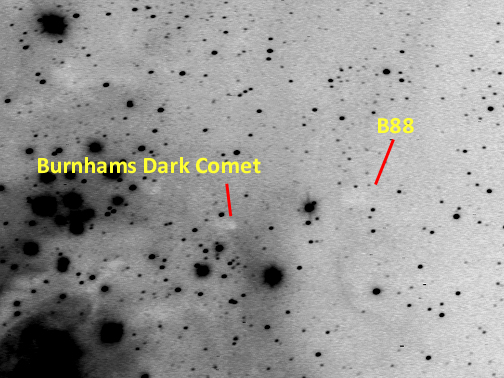
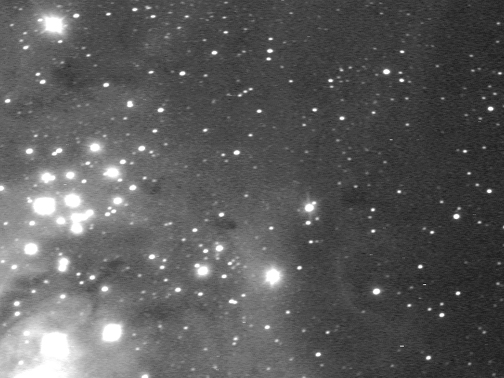
(return to index)
B89 Sagittarius - 09/12/2012
6" RC f5 & Stellacam-3 30 seconds
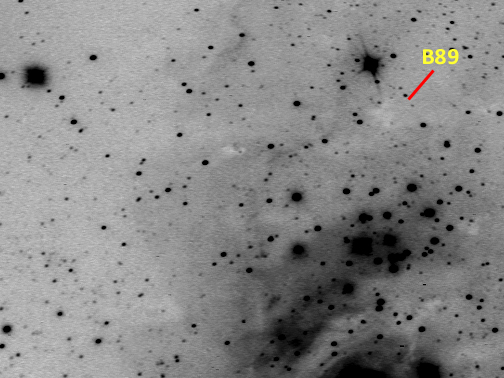
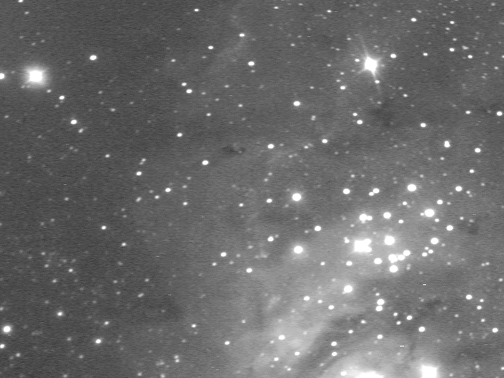
(return to index)
B90 Sagittarius - 09/04/2013
50mm Refractor, StellaCam-II @ 8 seconds
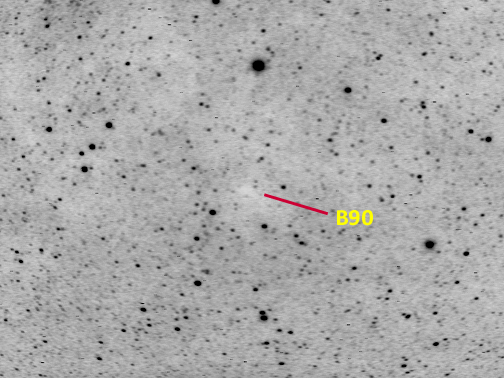
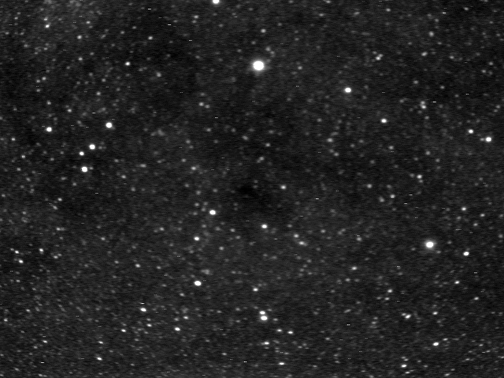
(return to index)
6" RC f5, StellaCam-3 @ 25 seconds
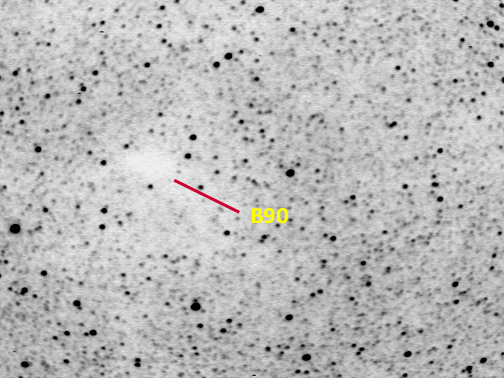
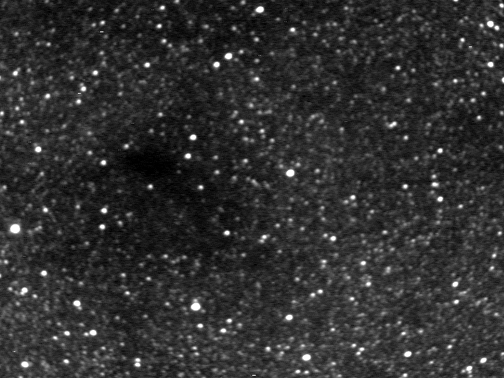
(return to index)
B92, B93, B99, B304, B307, & B308 (M24) Sagittarius - 08/17/2012
50mm CCTV lens & Stellacam-3 3 seconds
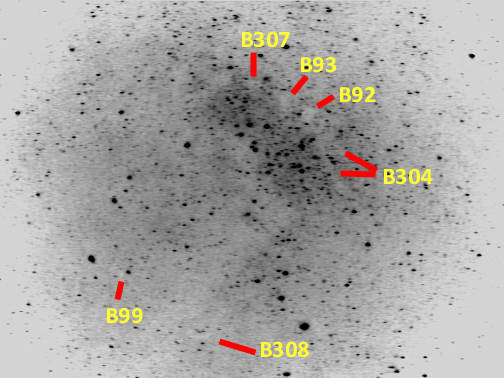
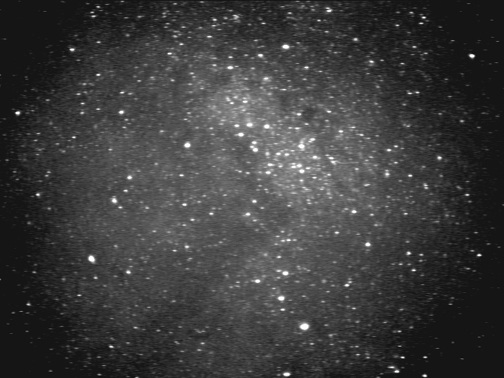
(return to index)
B92 Sagittarius - 09/12/2012
6" RC f5 & Stellacam-3 30 seconds
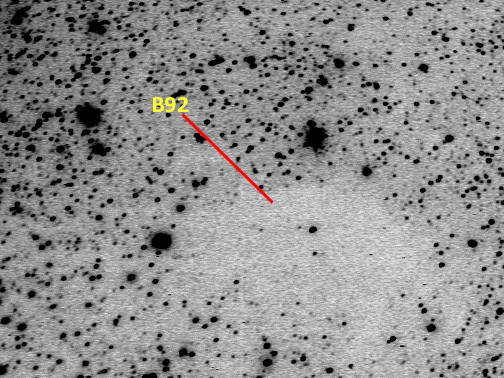
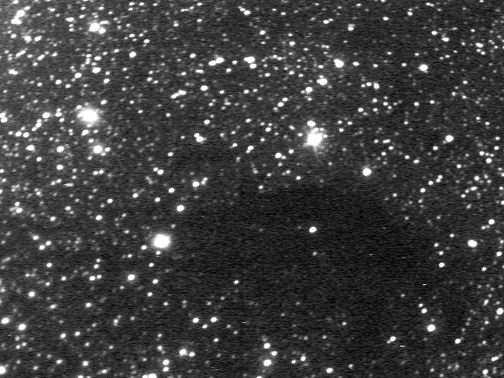
(return to index)
B93 Sagittarius - 09/12/2012
6" RC f5 & Stellacam-3 30 seconds
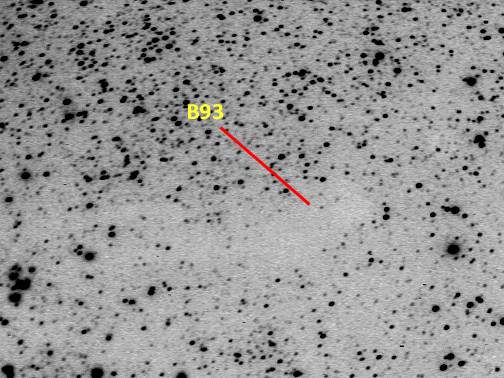
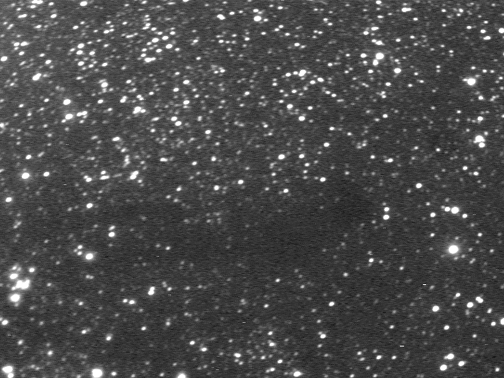
(return to index)
B95 Scutum - 09/12/2012
50mm Refractor & Stellacam-II 8 seconds
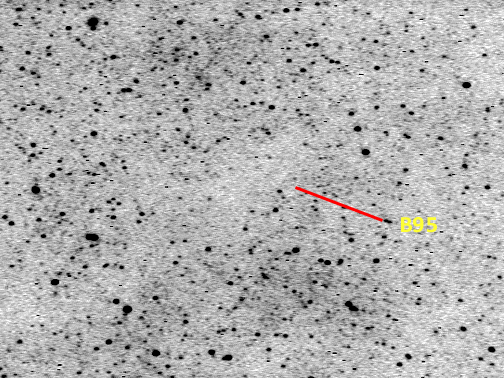
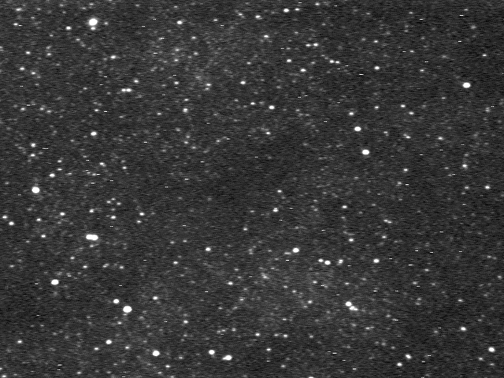
(return to index)
B100 & B101 Scutum - 06/24/2017
8" SCT @f6.3 & Stellacam-3 60 seconds
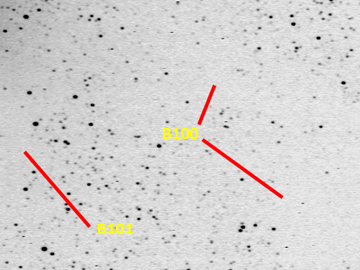
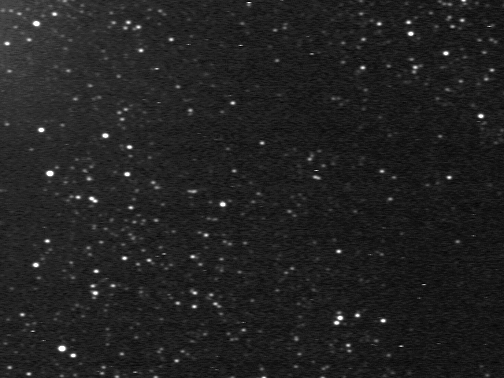
(return to index)
B103 Scutum - 06/24/2017
8" SCT @f6.3 & Stellacam-3 60 seconds
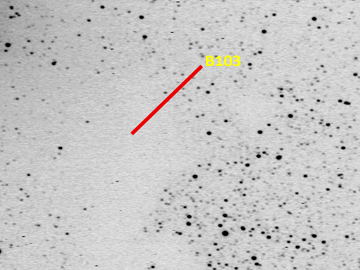
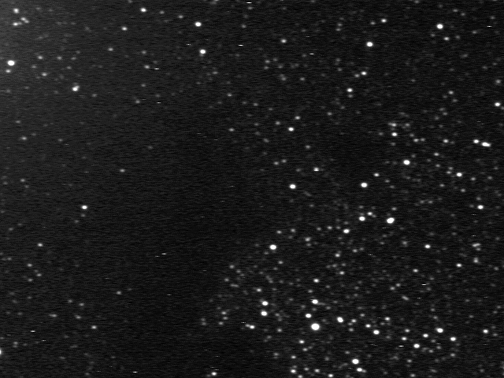
(return to index)
B104 Scutum - 09/06/2015
80mm Refractor f5.5 & Stellacam-3 @ 20 seconds
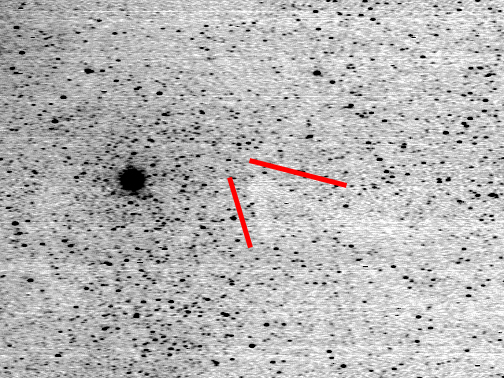
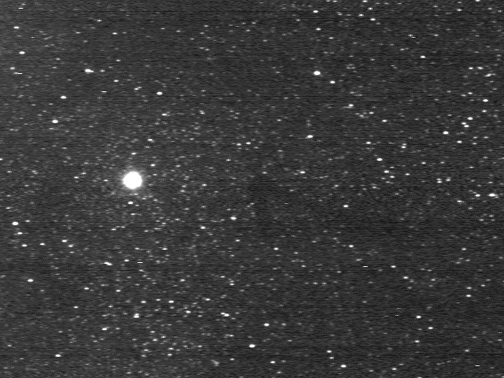
(return to index)
06/24/2017 - 8" SCT @f6.3 & Stellacam-3 60 seconds
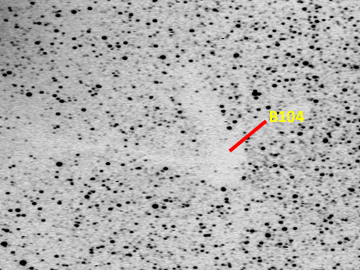
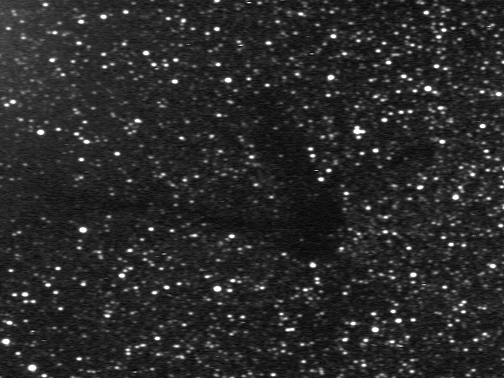
(return to index)
B110 Scutum - 06/24/2017
8" SCT @f6.3 & Stellacam-3 60 seconds
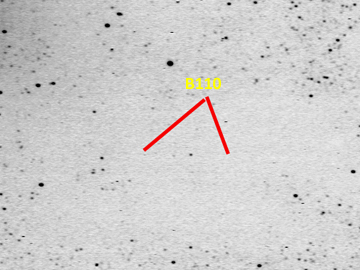
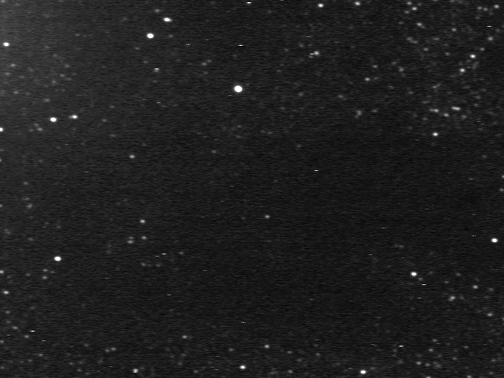
(return to index)
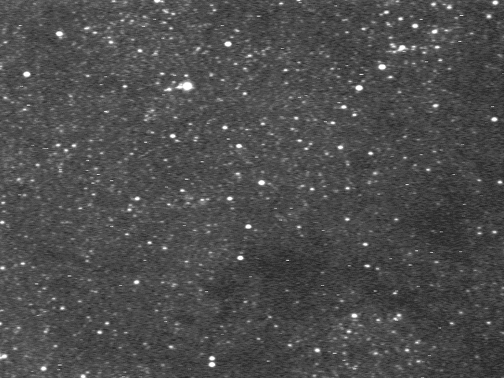
(return to index)
B112, B114, B115, B116, B117 & B118 (dark nebula near M11) Scutum - 09/08/2015
50mm Refractor & Stellacam-II 8 seconds
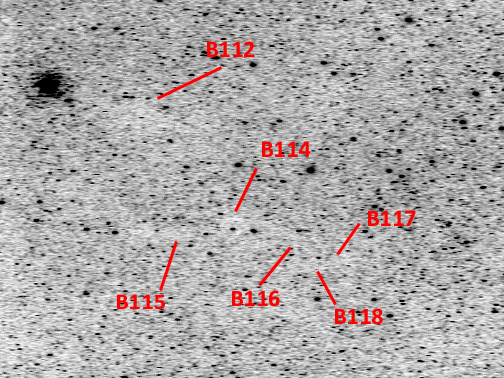
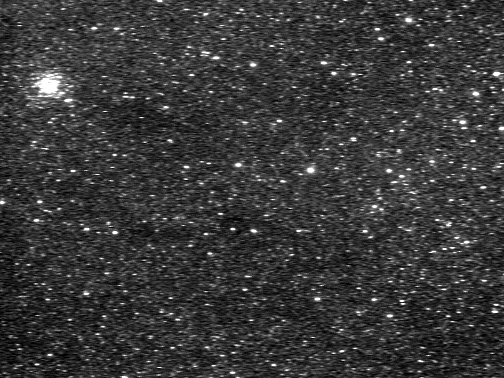
(return to index)
B113 Scutum - 06/24/2017
8" SCT @f6.3 & Stellacam-3 60 seconds
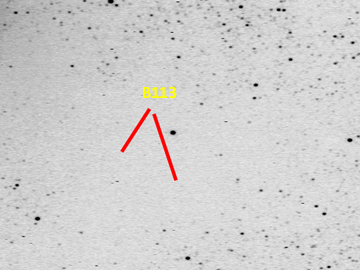

(return to index)
B127, B129, & B130 Sagittarius - 09/05/2013
50mm Refractor, StellaCam-II @ 8 seconds
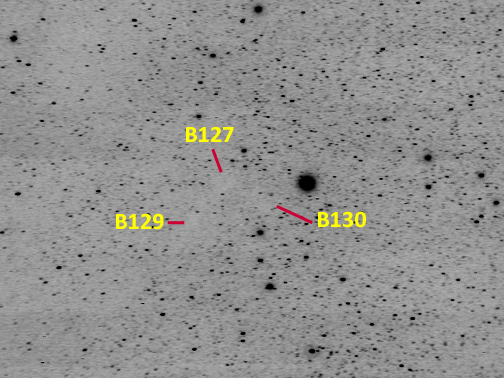
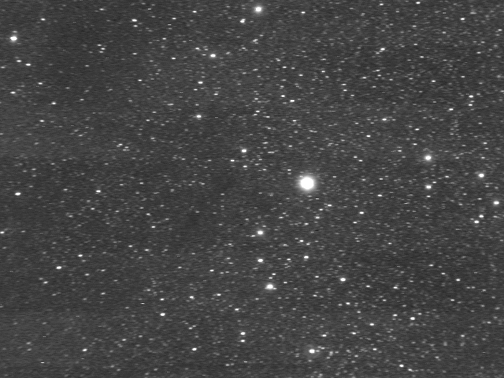
(return to index)
6" RC f5, StellaCam-3 @ 25 seconds
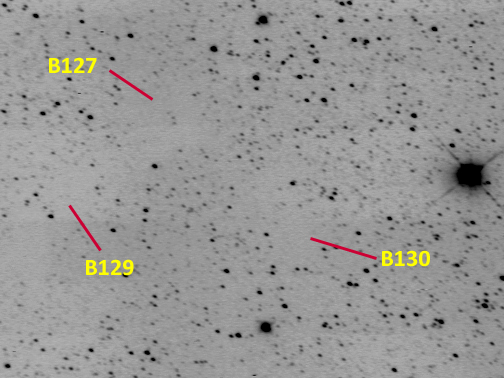
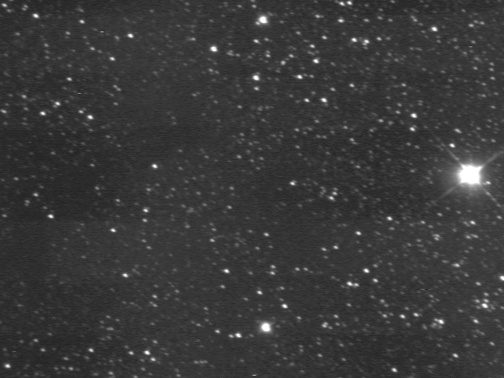
(return to index)
B132 Sagittarius - 09/05/2013
50mm Refractor, StellaCam-II @ 8 seconds
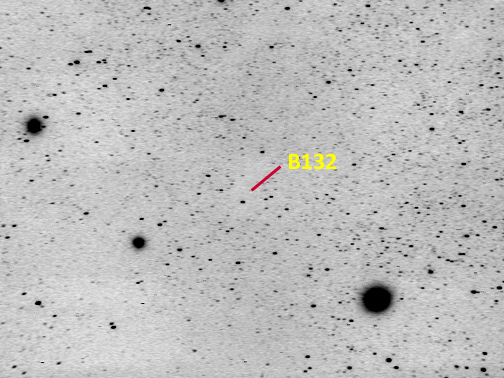
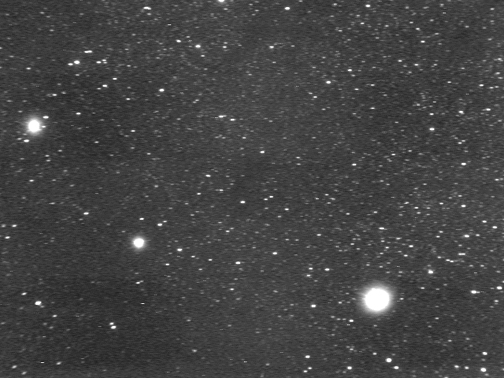
(return to index)
6" RC f5, StellaCam-3 @ 25 seconds
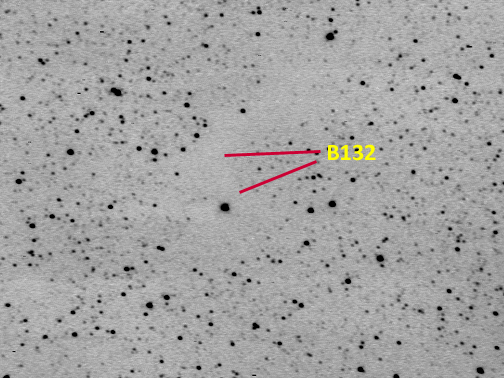
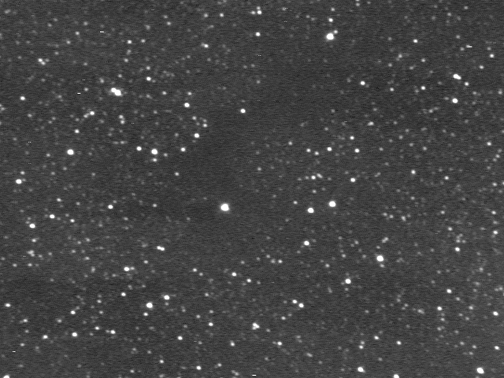
(return to index)
B133 Sagittarius - 09/05/2013
50mm Refractor, StellaCam-II @ 8 seconds
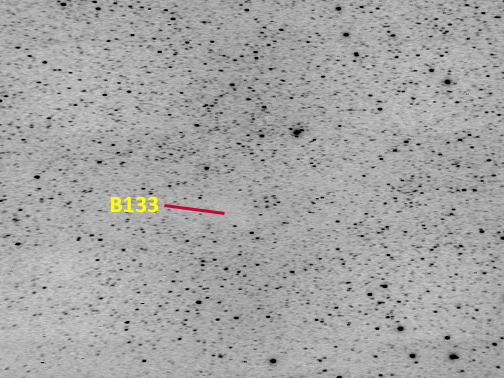
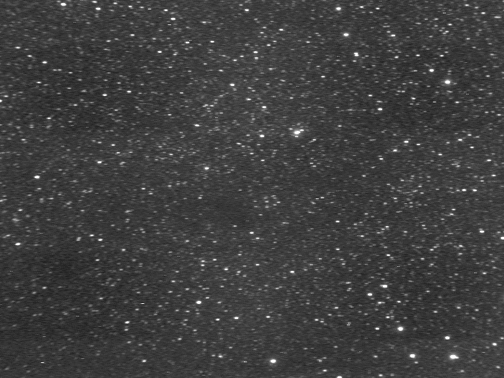
(return to index)
6" RC f5, StellaCam-3 @ 25 seconds
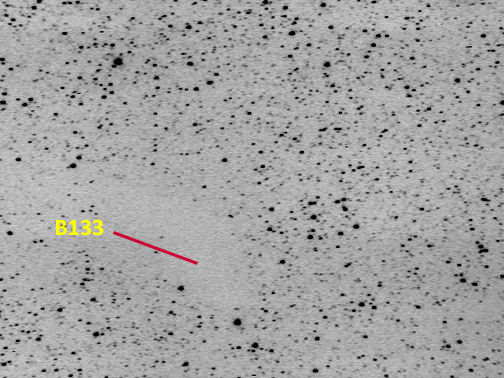
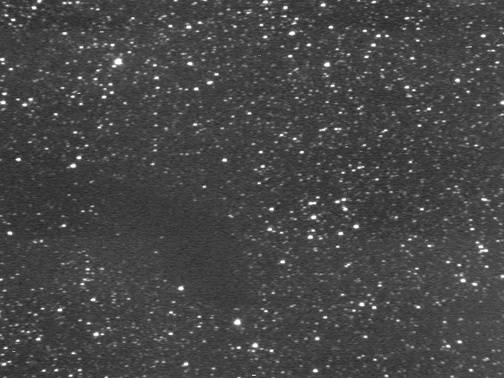
(return to index)
B134 Sagittarius - 09/05/2013
50mm Refractor, StellaCam-II @ 8 seconds
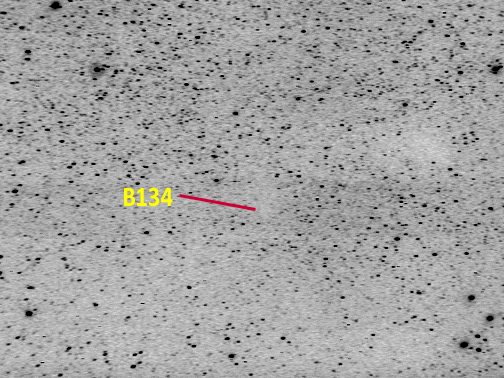
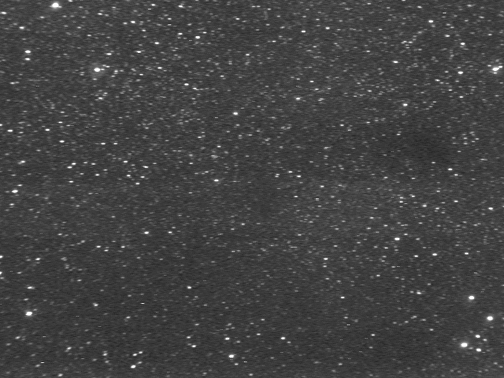
(return to index)
6" RC f5, StellaCam-3 @ 25 seconds
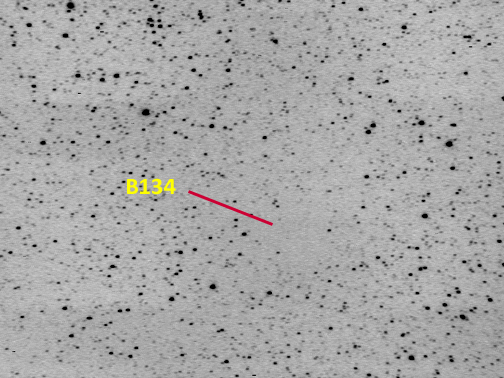
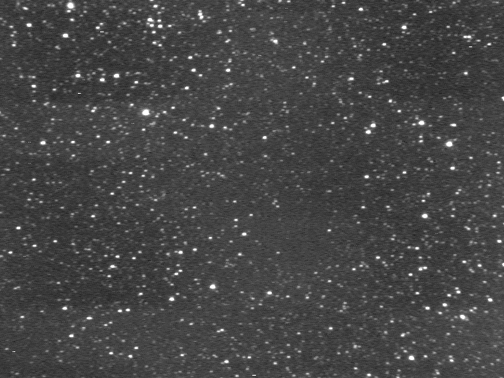
(return to index)
B135 & 136 Sagittarius - 09/05/2013
50mm Refractor, StellaCam-II @ 8 seconds
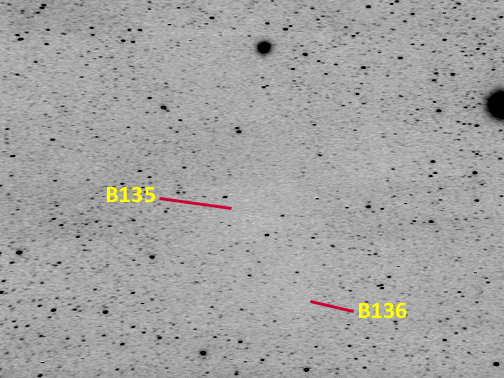

(return to index)
B135 6" RC f5, StellaCam-3 @ 25 seconds
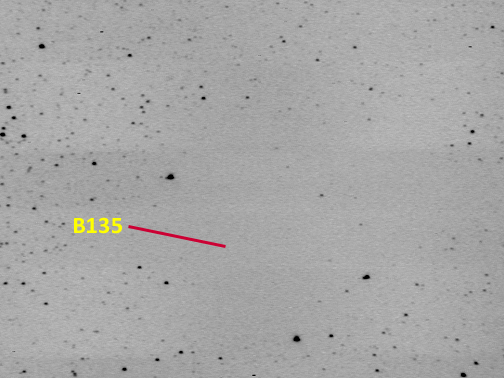
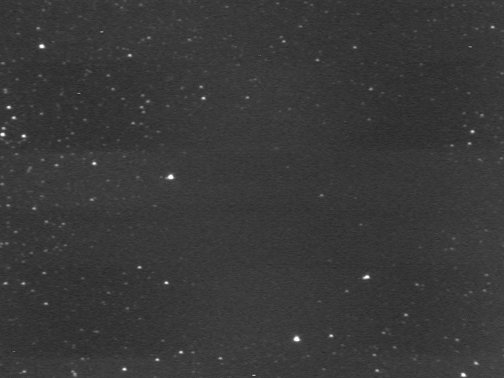
(return to index)
B136 6" RC f5, StellaCam-3 @ 25 seconds
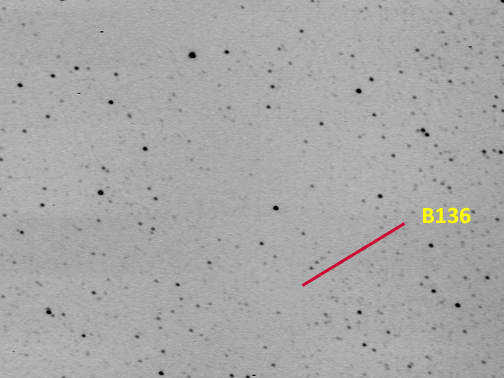
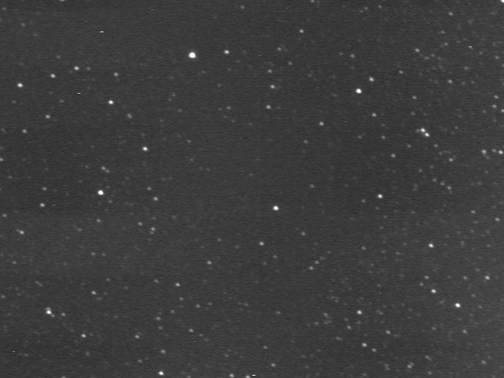
(return to index)
B138 Aquila - 08/17/2012
12.5mm CCTV lens & Stellacam-3 5 seconds
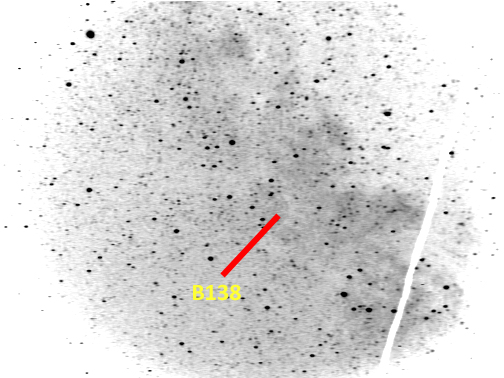
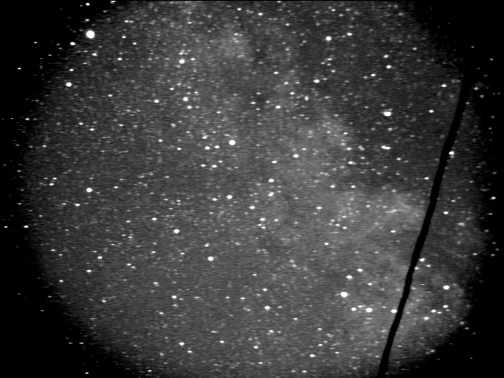
35mm CCTV lens & Stellacam-3 5 seconds
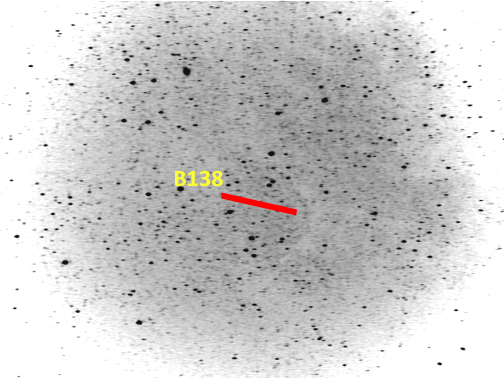
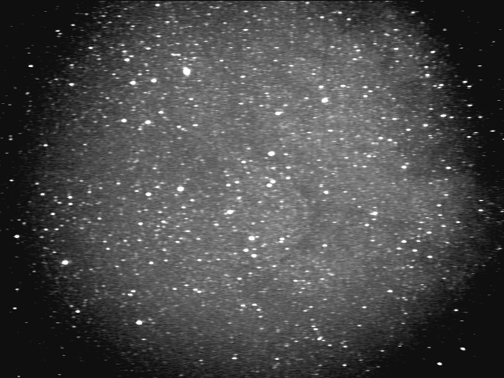
(return to index)
B142, & B143 (Barnards 'E') Aquila - 08/17/2012
50mm CCTV lens & Stellacam-3 8 seconds
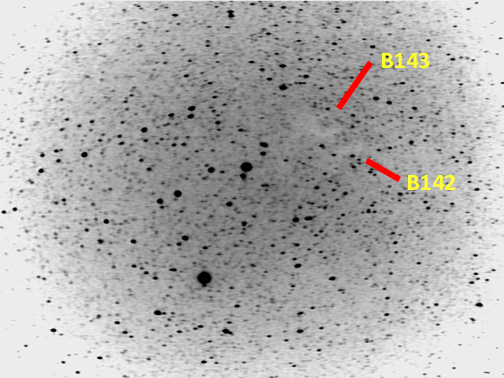
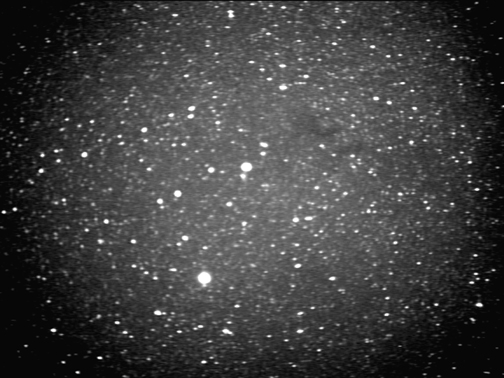
(return to index)
B145 Scutum - 09/06/2015
50mm Refractor, StellaCam-II @ 8 seconds
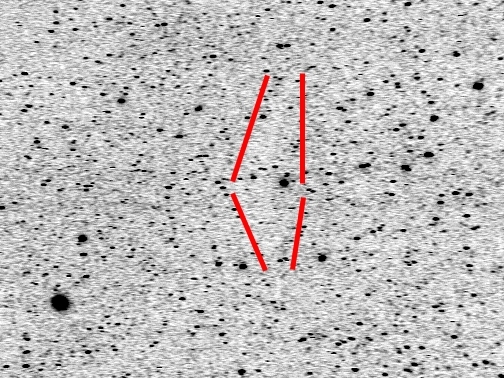
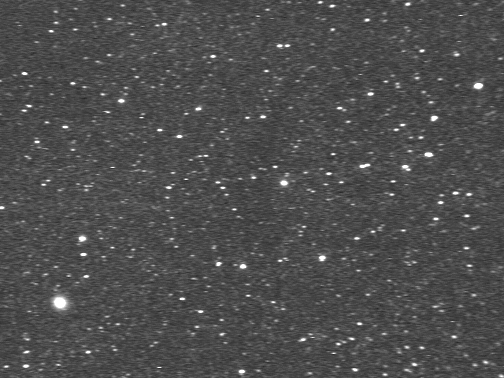
(return to index)
80mm Refractor f5.5 & Stellacam-3 @ 20 seconds

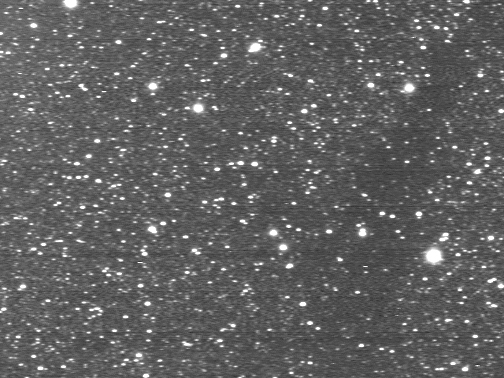
(return to index)
B148 and B149 Cepheus - 09/07/2015
80mm Refractor f5.5 & Stellacam-3 @ 30 seconds
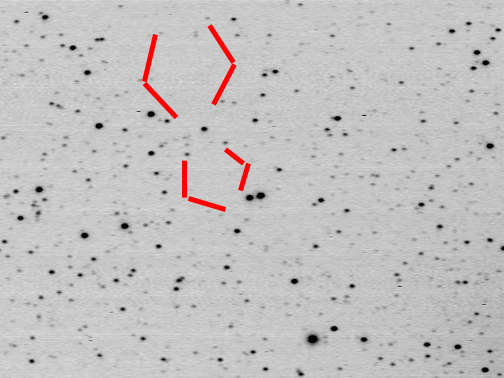
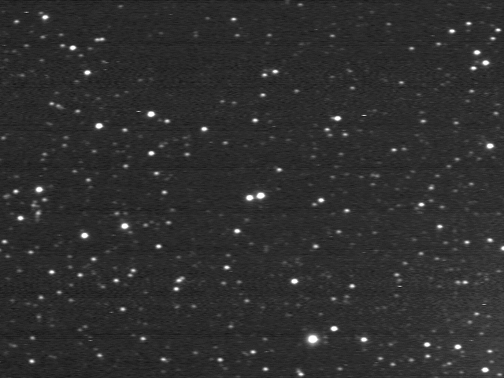
(return to index)
B150 Cepheus - 09/07/2015
80mm Refractor f5.5 & Stellacam-3 @ 30 seconds
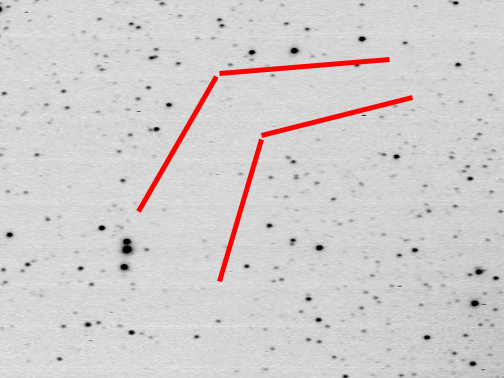
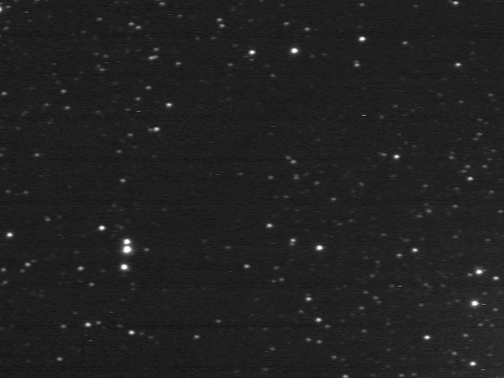
(return to index)
B152 Cepheus - 09/07/2015
80mm Refractor f5.5 & Stellacam-3 @ 30 seconds
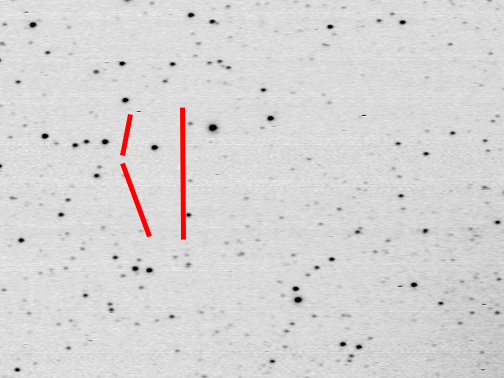
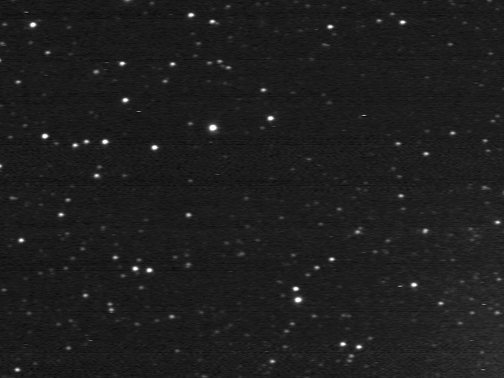
(return to index)
B161 Cepheus - 09/07/2015
80mm Refractor f5.5 & Stellacam-3 @ 60 seconds
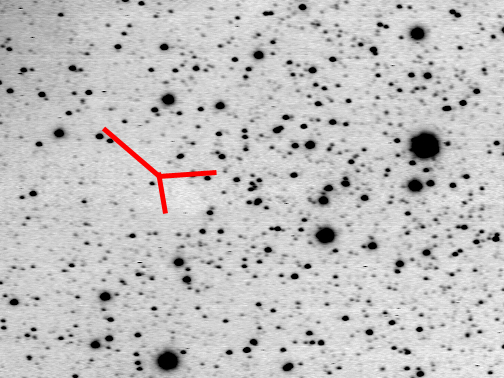
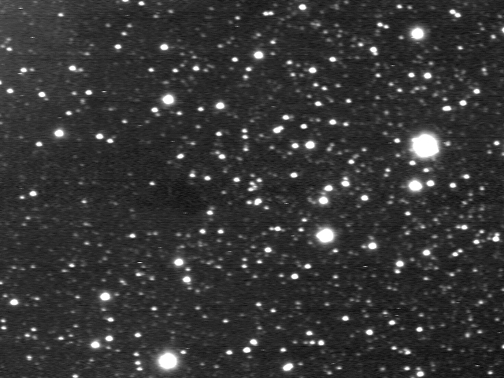
(return to index)
B161 Cepheus - 09/19/2017
8" SCT f3.3 & Stellacam-3 @ 180 seconds
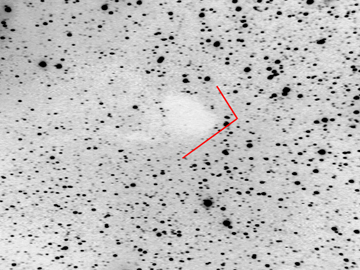
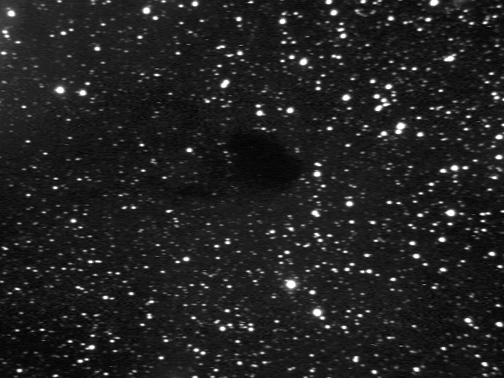
(return to index)
B161 Cepheus - 09/18/2017
8" SCT f6.3 & Stellacam-3 @ 180 seconds
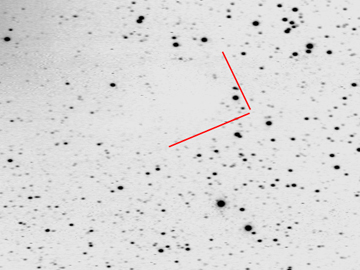
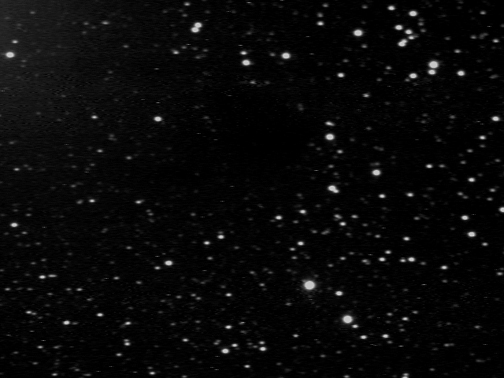
(return to index)
B163 Cepheus - 09/18/2017
8" SCT f6.3 & Stellacam-3 @ 180 seconds
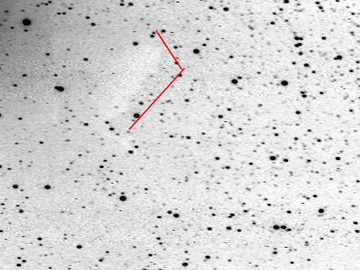

(return to index)
B164 Scutum - 09/06/2015
50mm Refractor, StellaCam-II @ 8 seconds
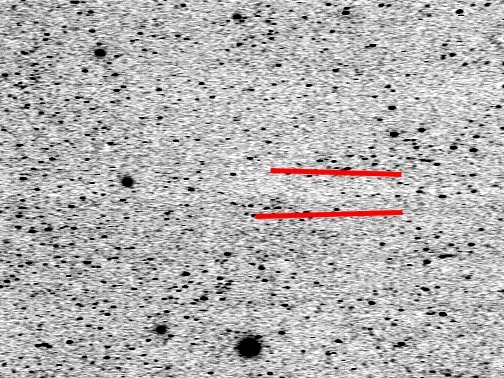
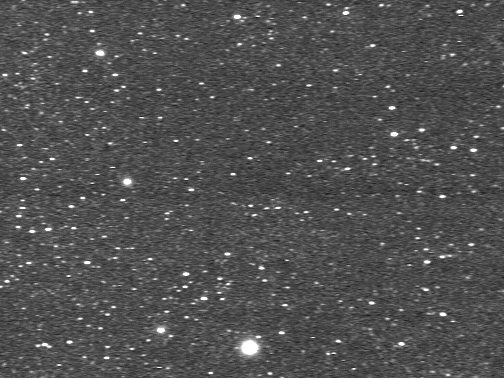
(return to index)
80mm Refractor f5.5 & Stellacam-3 @ 20 seconds
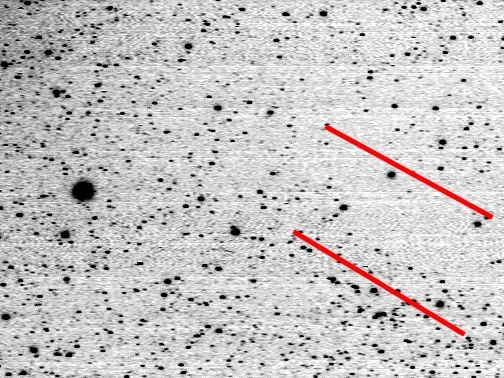
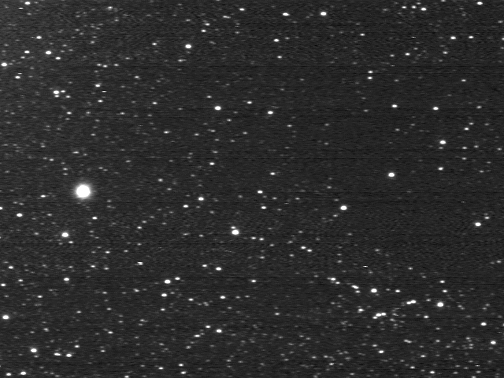
(return to index)
B289, & B295 Sagittarius - 2009
24mm CCTV lens & Stellacam-II 8 seconds
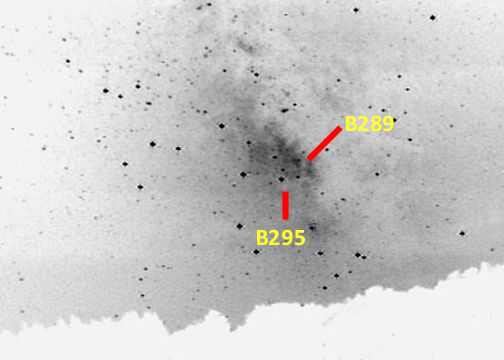
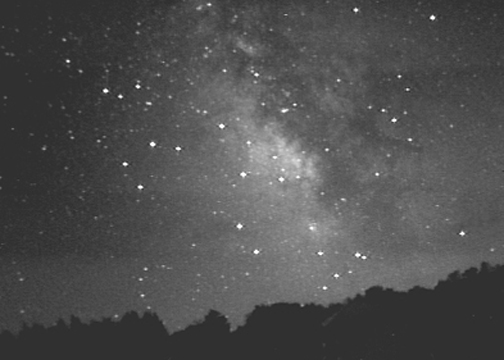
(return to index)
B296 (the Lagoon - M8) Sagittarius - 06/15/2012
6" RC f5 & Stellacam-3 90 seconds
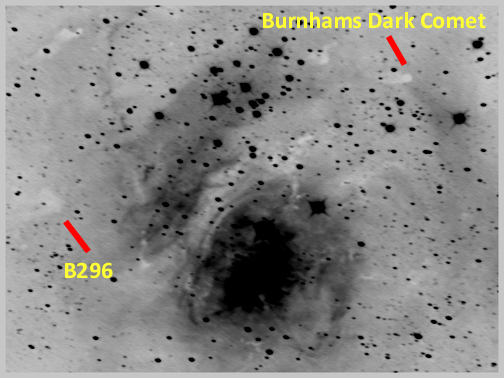
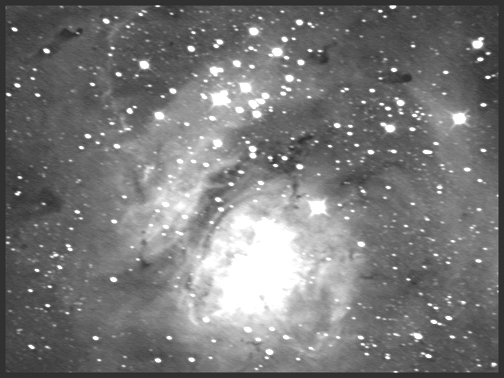
(return to index)
B312 Scutum - 09/12/2012
50mm Refractor & Stellacam-II 8 seconds
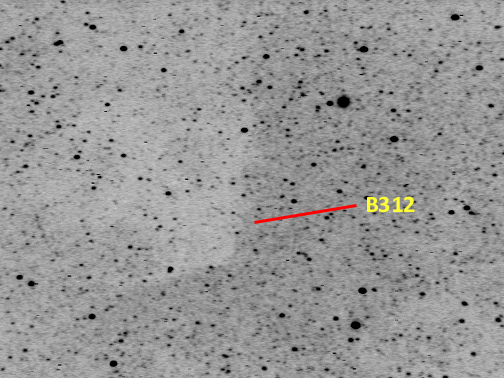
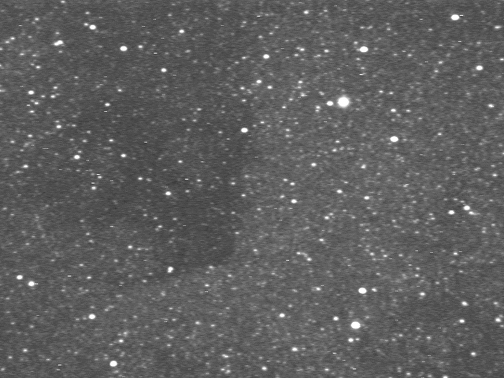
(return to index)
B343 Scutum - 09/06/2015
50mm Refractor, StellaCam-II @ 8 seconds

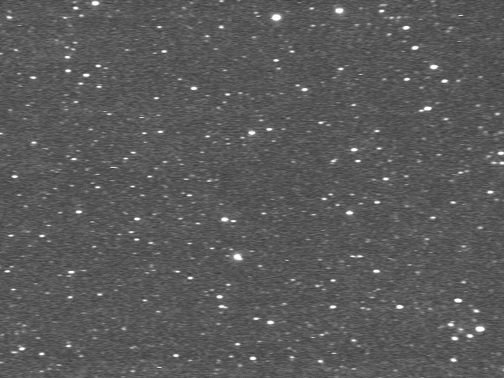
(return to index)
80mm Refractor f5.5 & Stellacam-3 @ 20 seconds
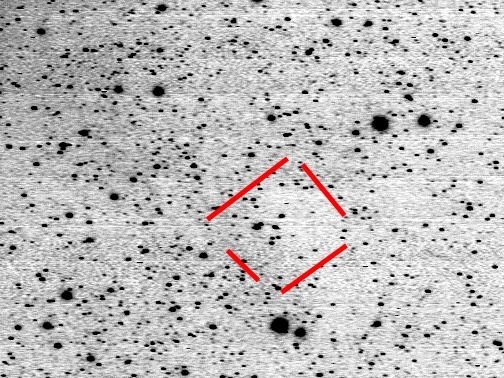
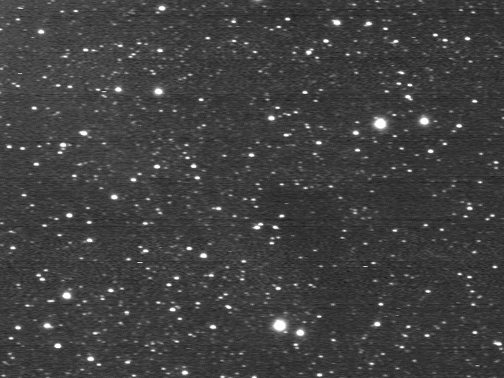
(return to index)
B352, & B353 (North American nebula) Cygnus - 08/17/2012
50mm CCTV lens & Stellacam-3 xx seconds
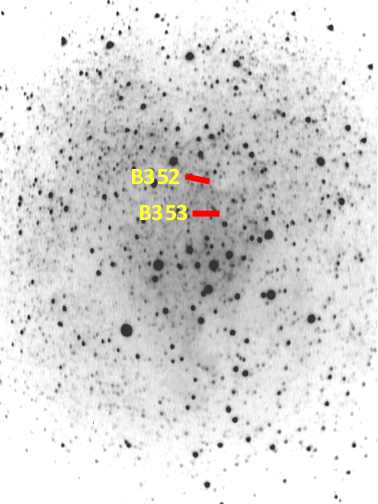
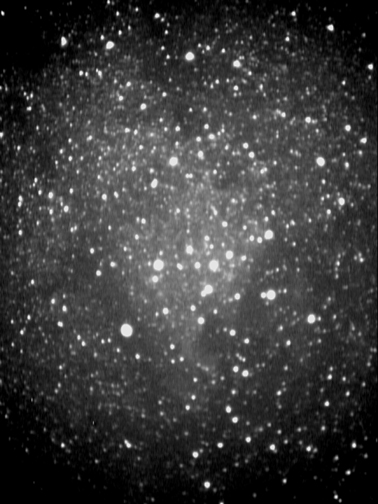
(return to index)
Galactic-Darkhorse Ophiuchus - 06/15/2012
12mm CCTV lens & Stellacam-II 8 seconds
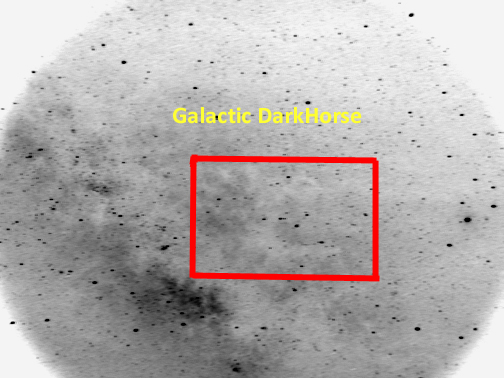
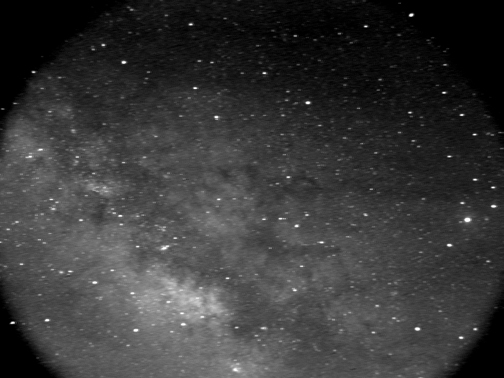
(return to index)
Hope you enjoyed the visit. Come again soon!
Larry McHenry, Pittsburgh, PA. USA
Astronomical Webportal:




